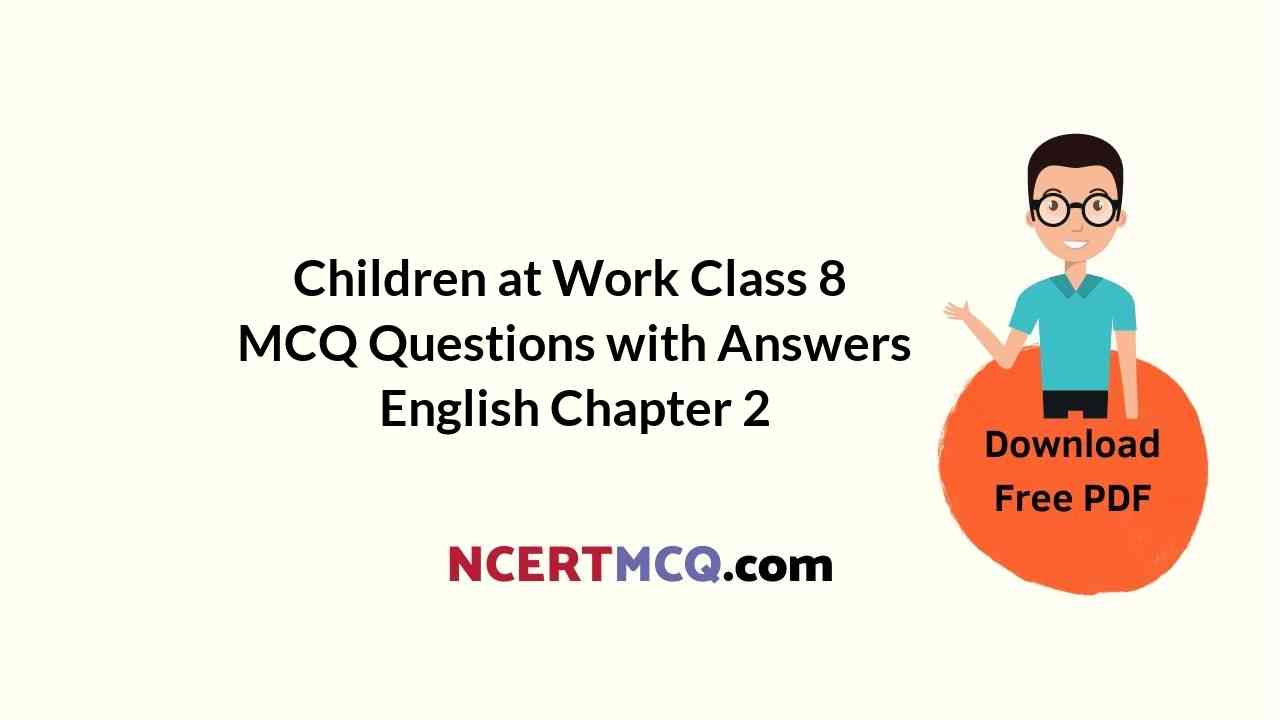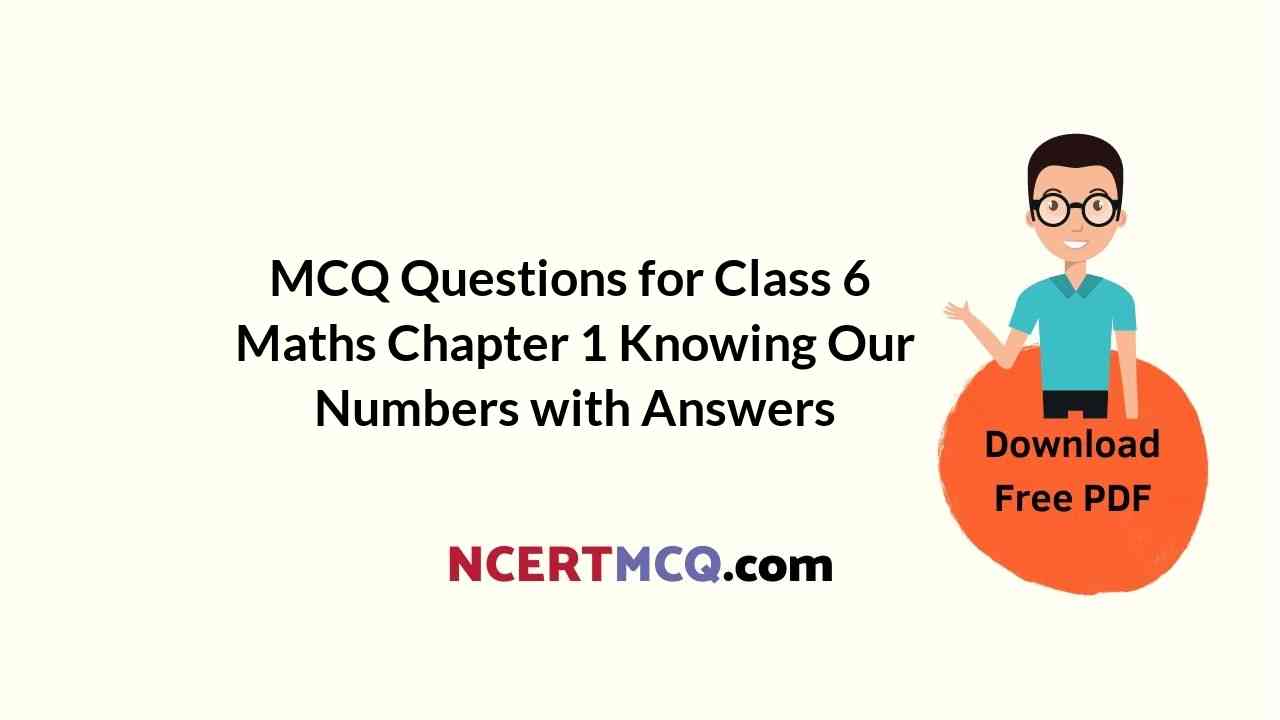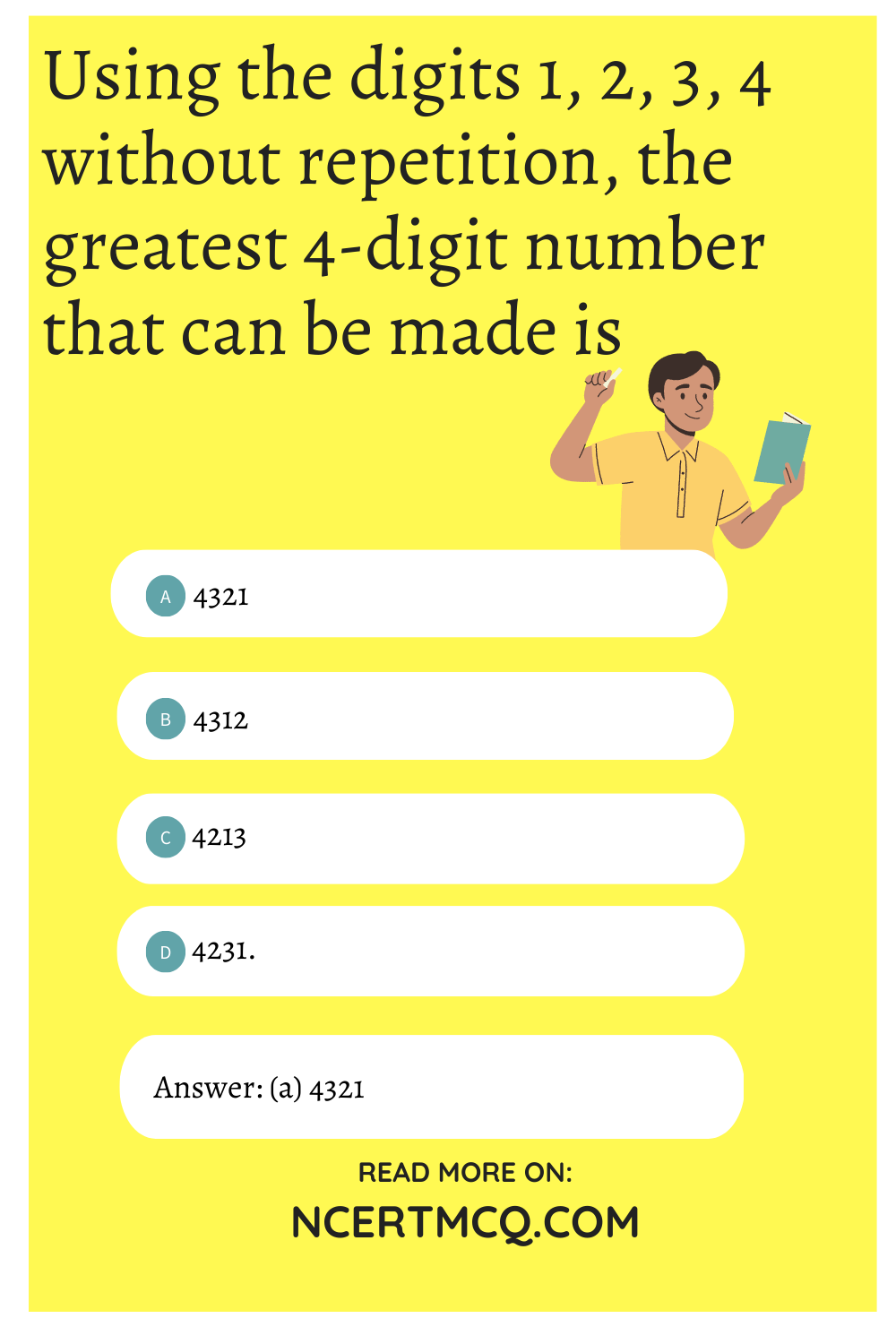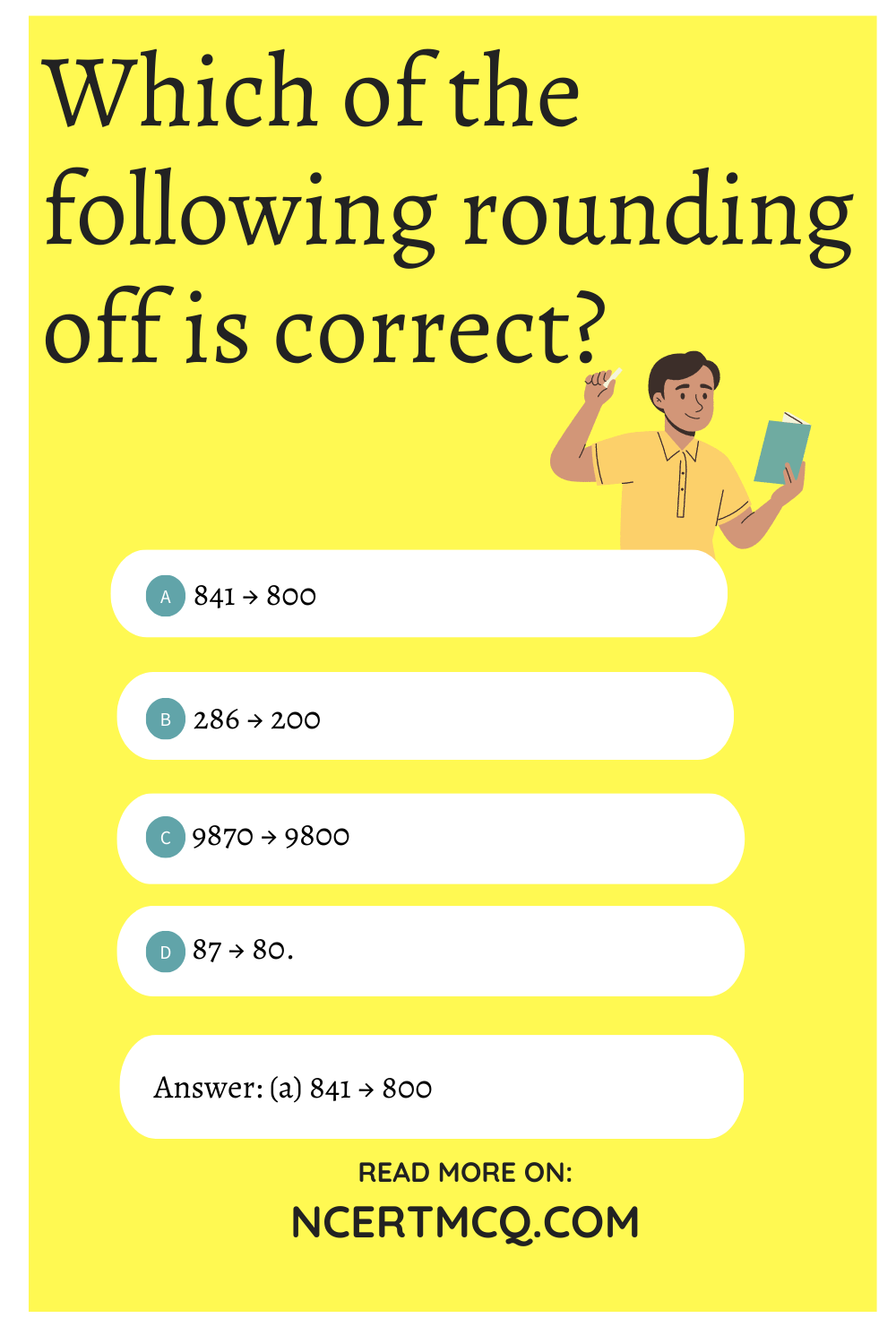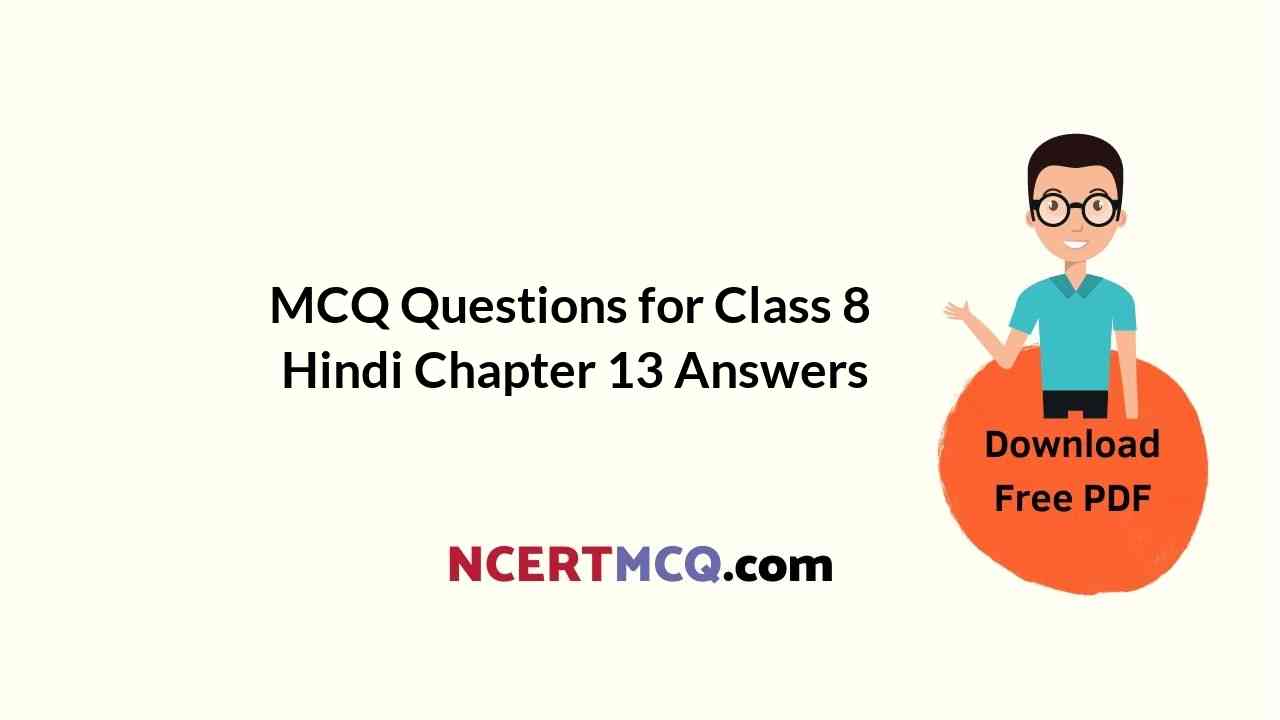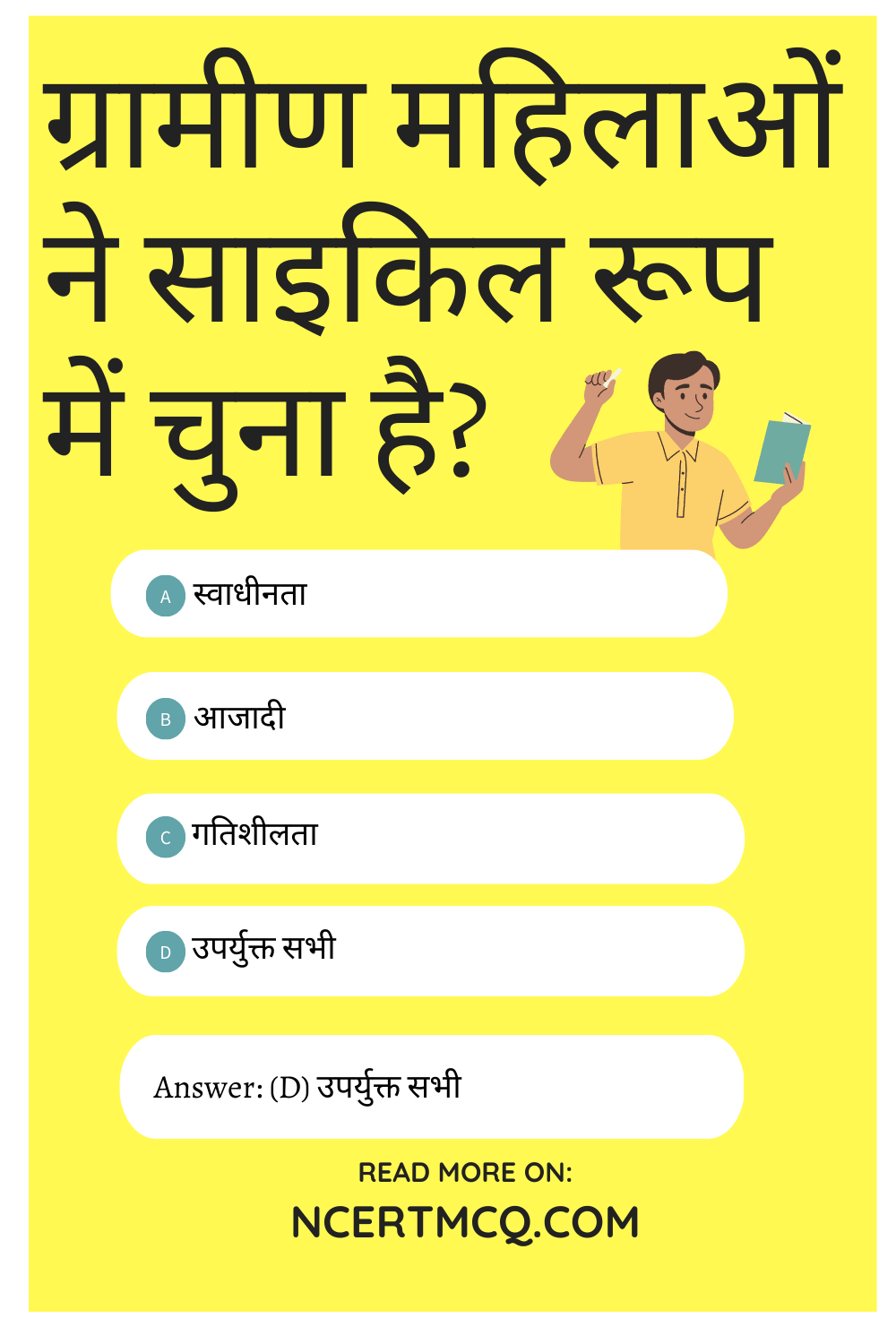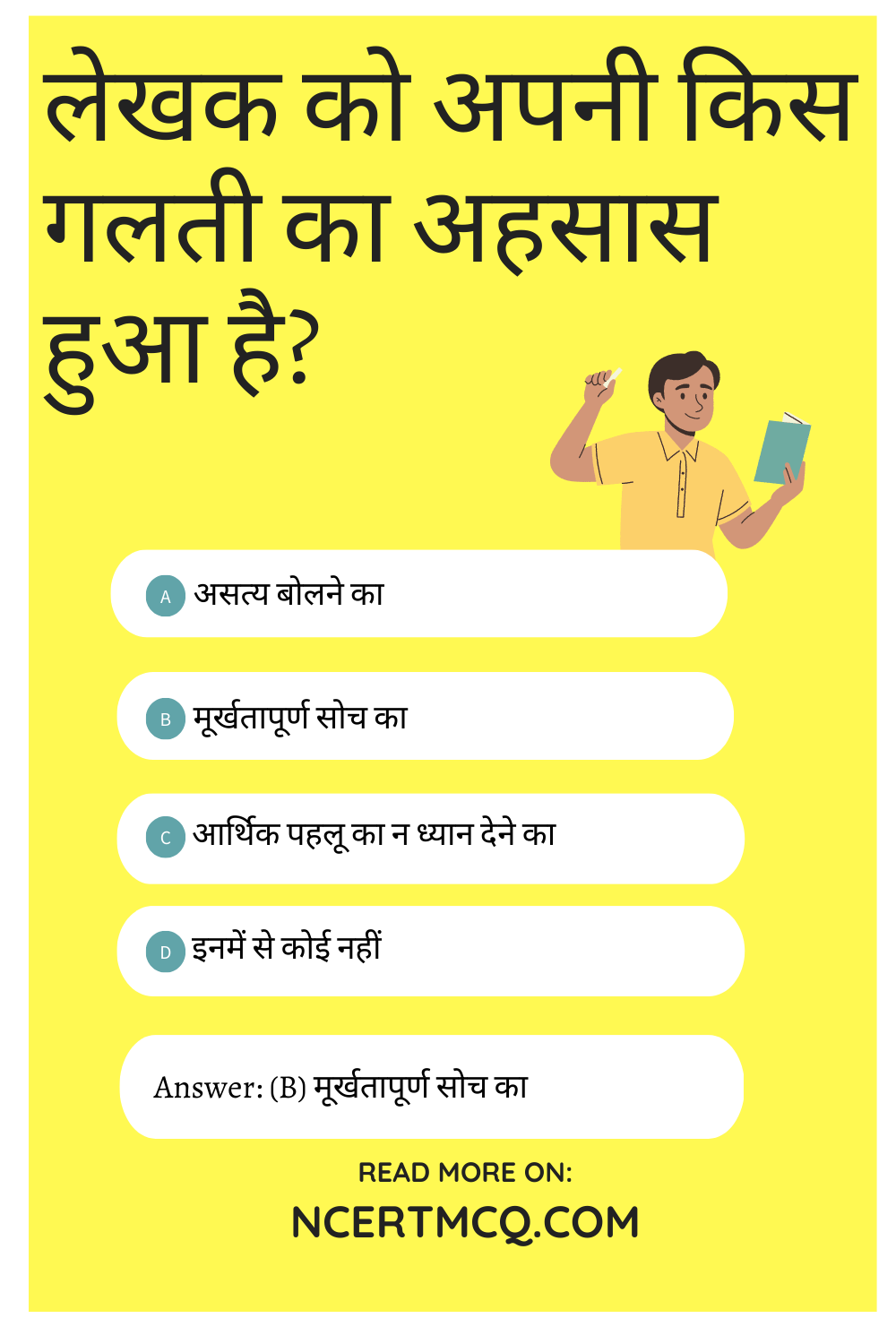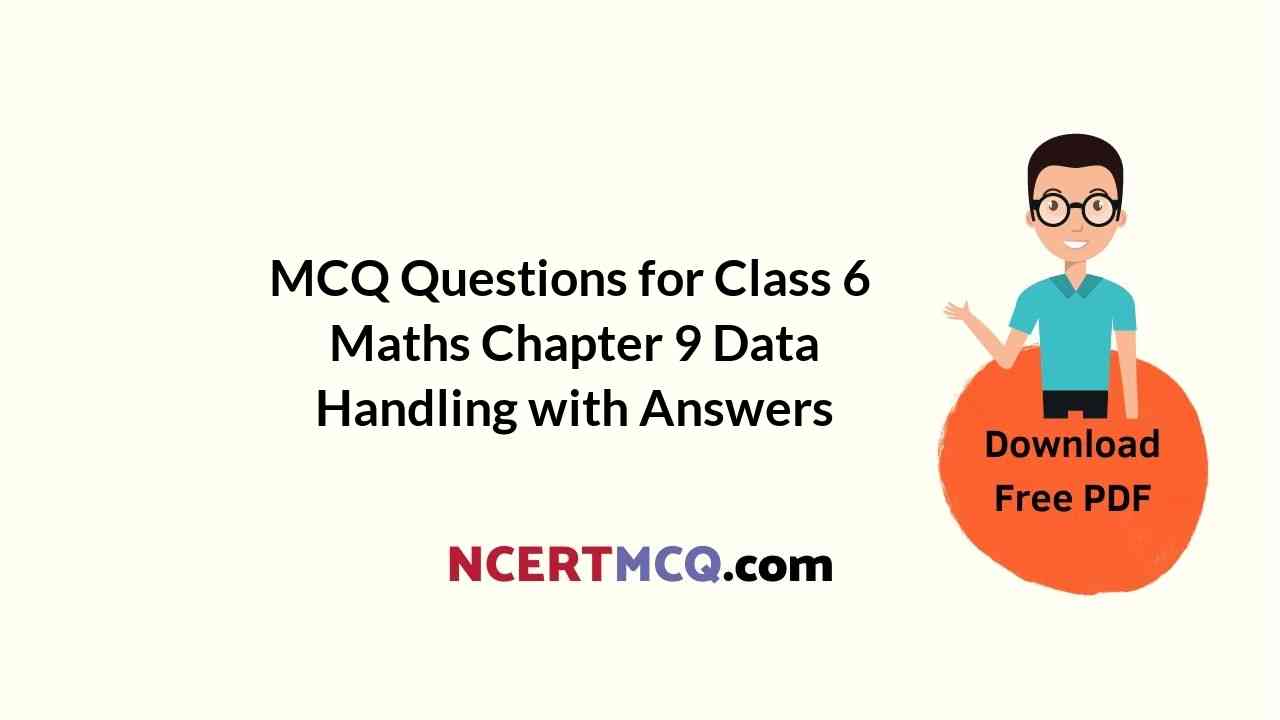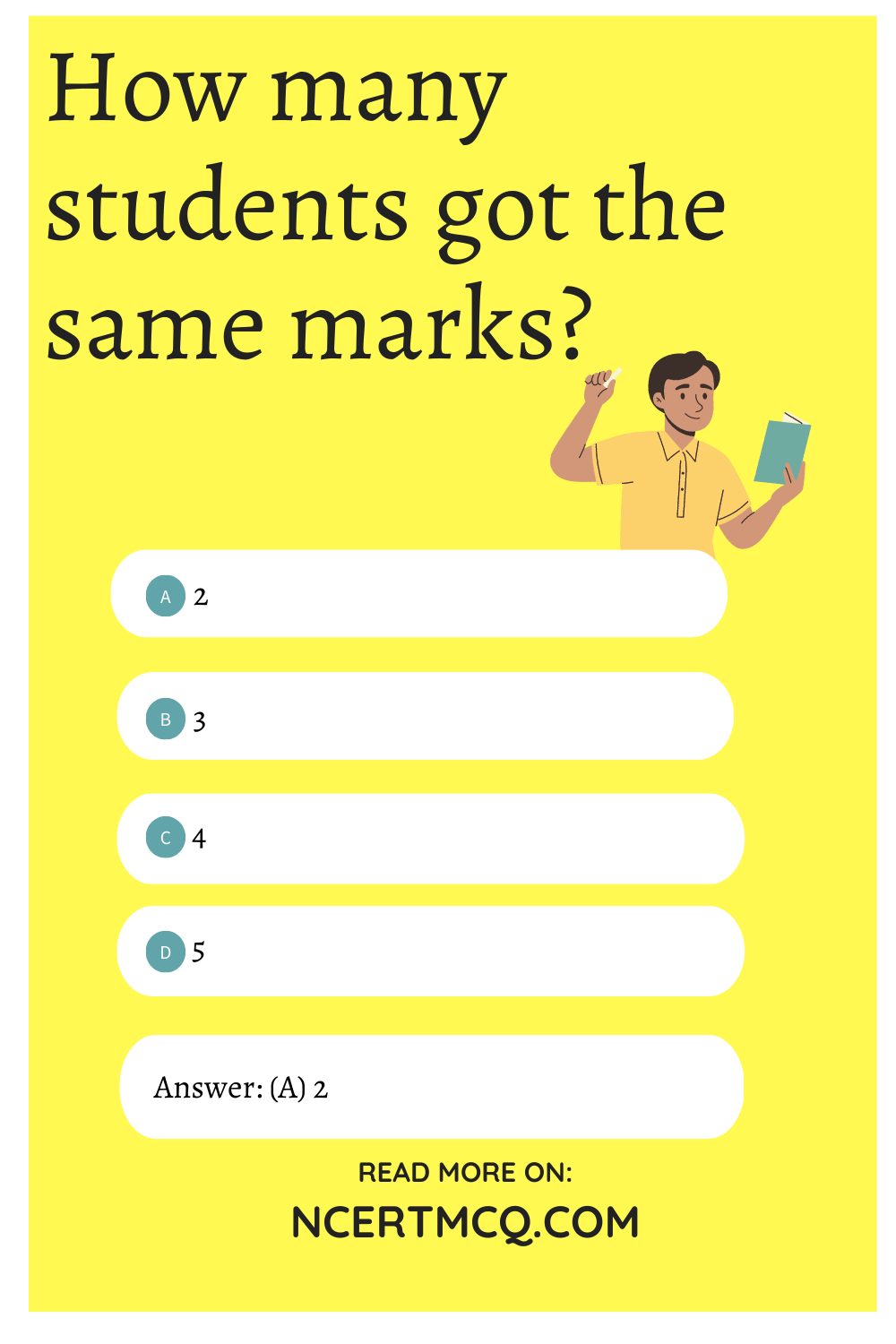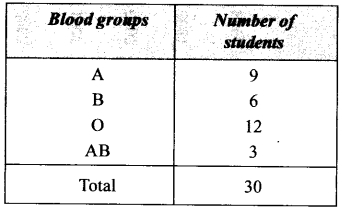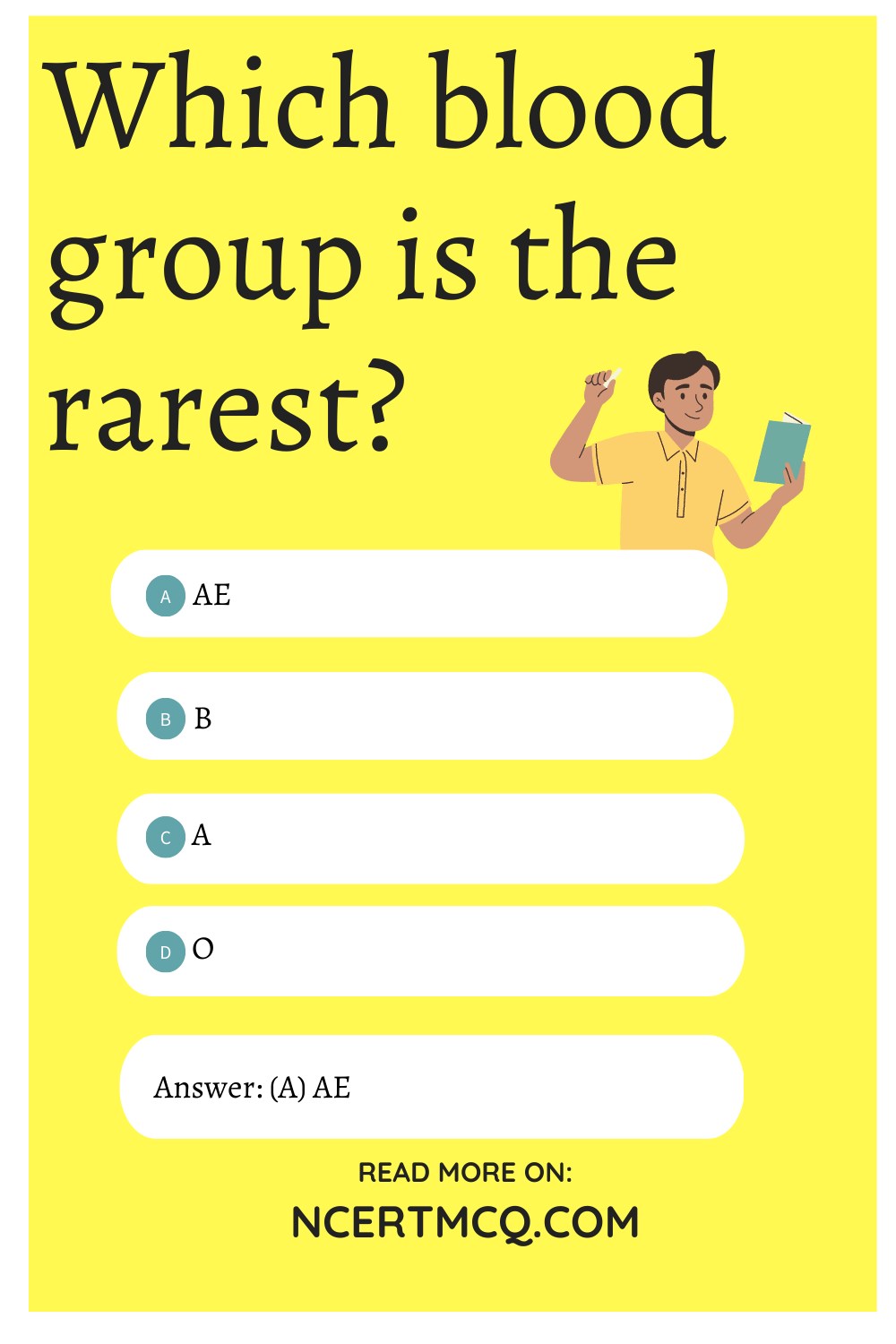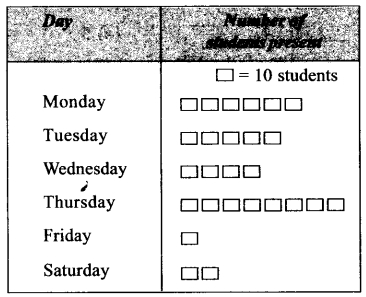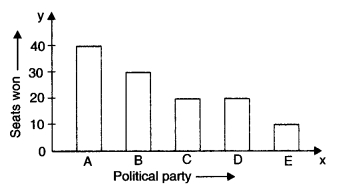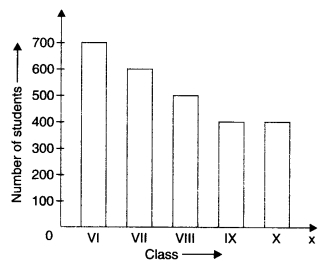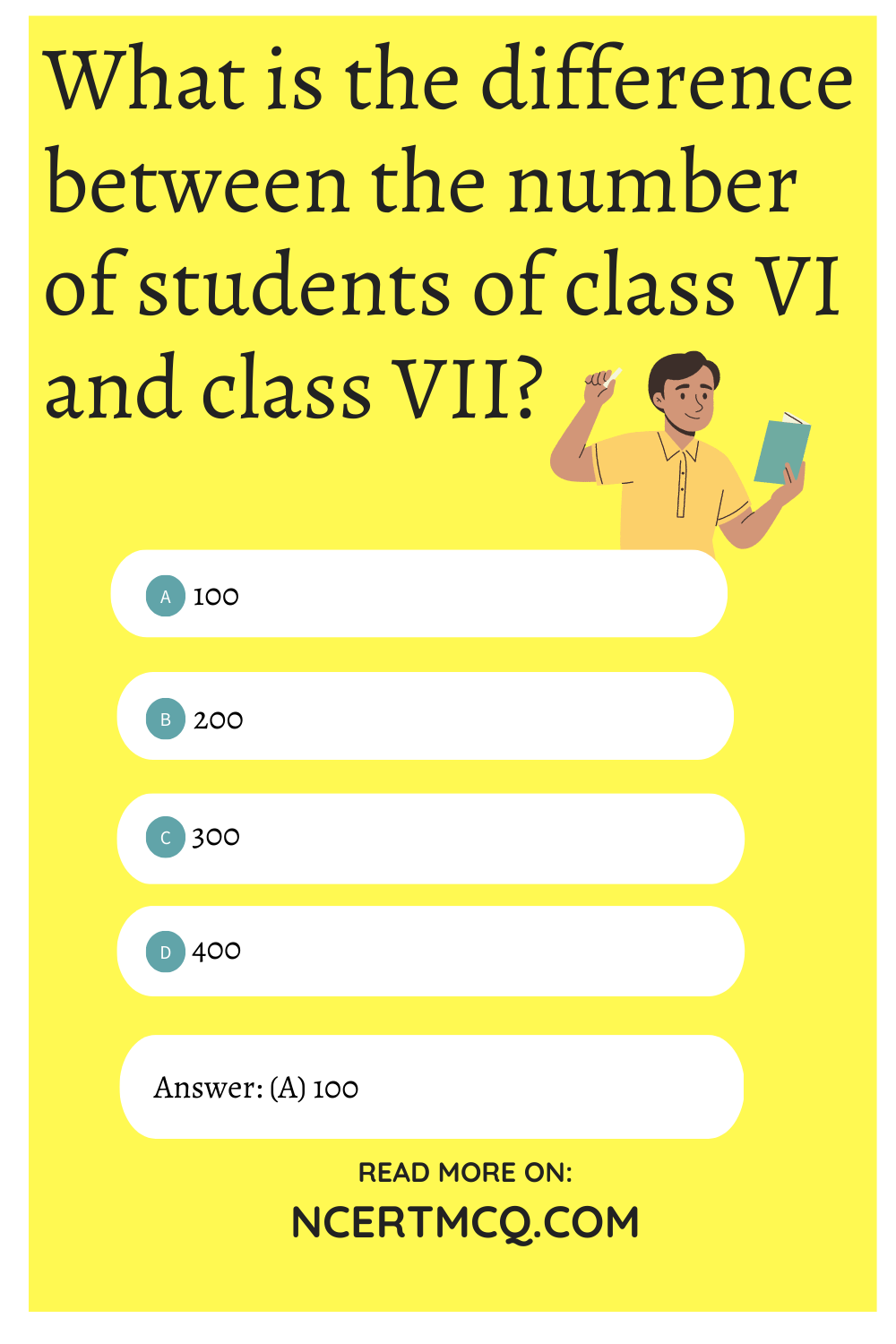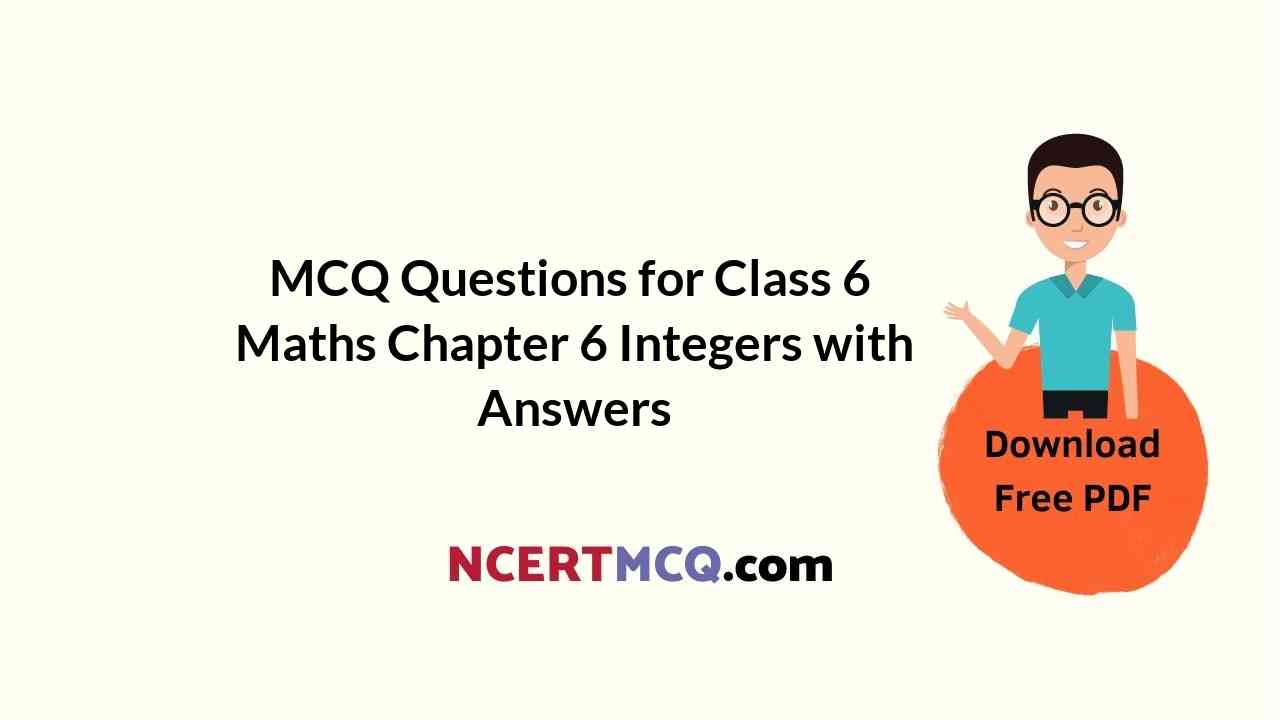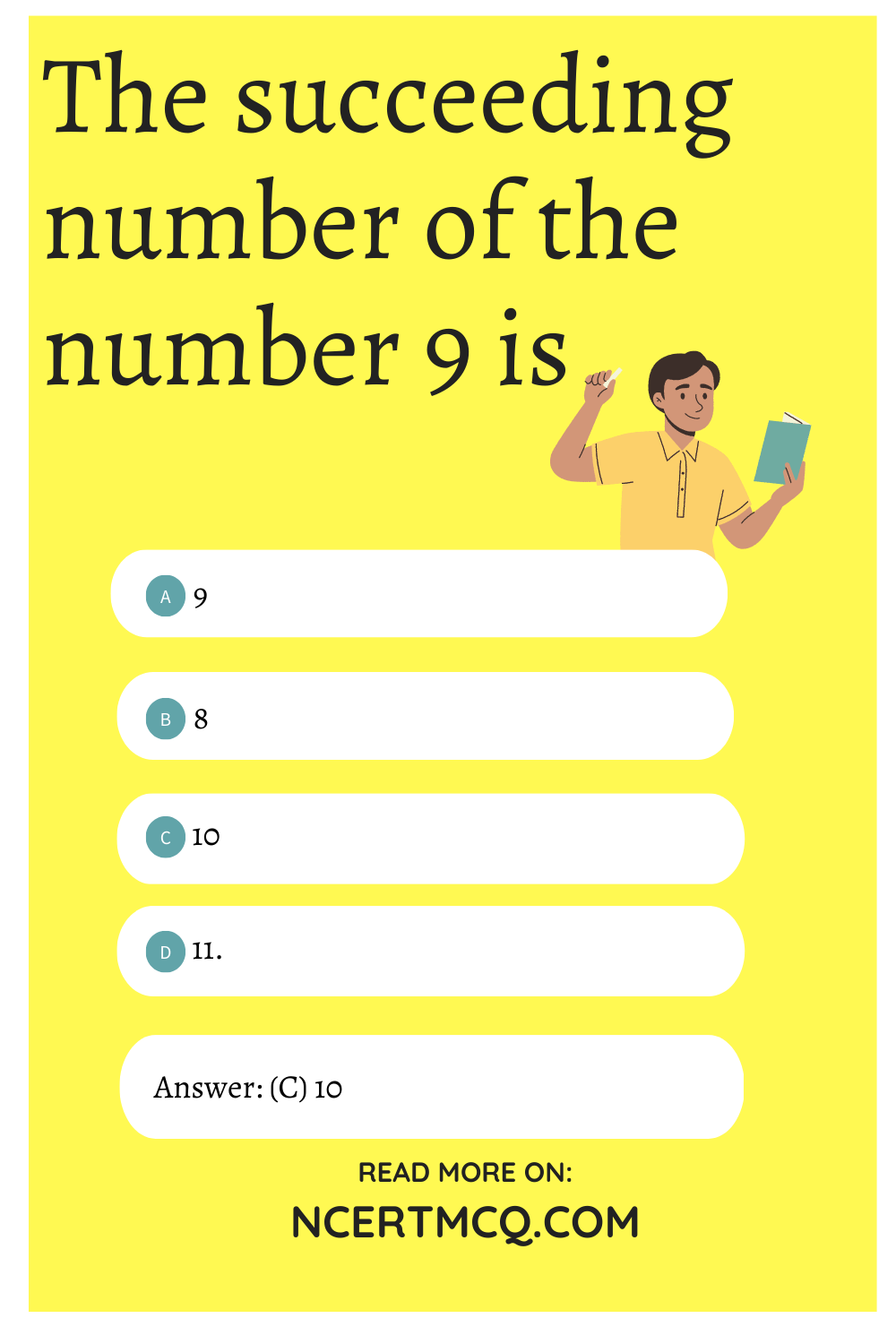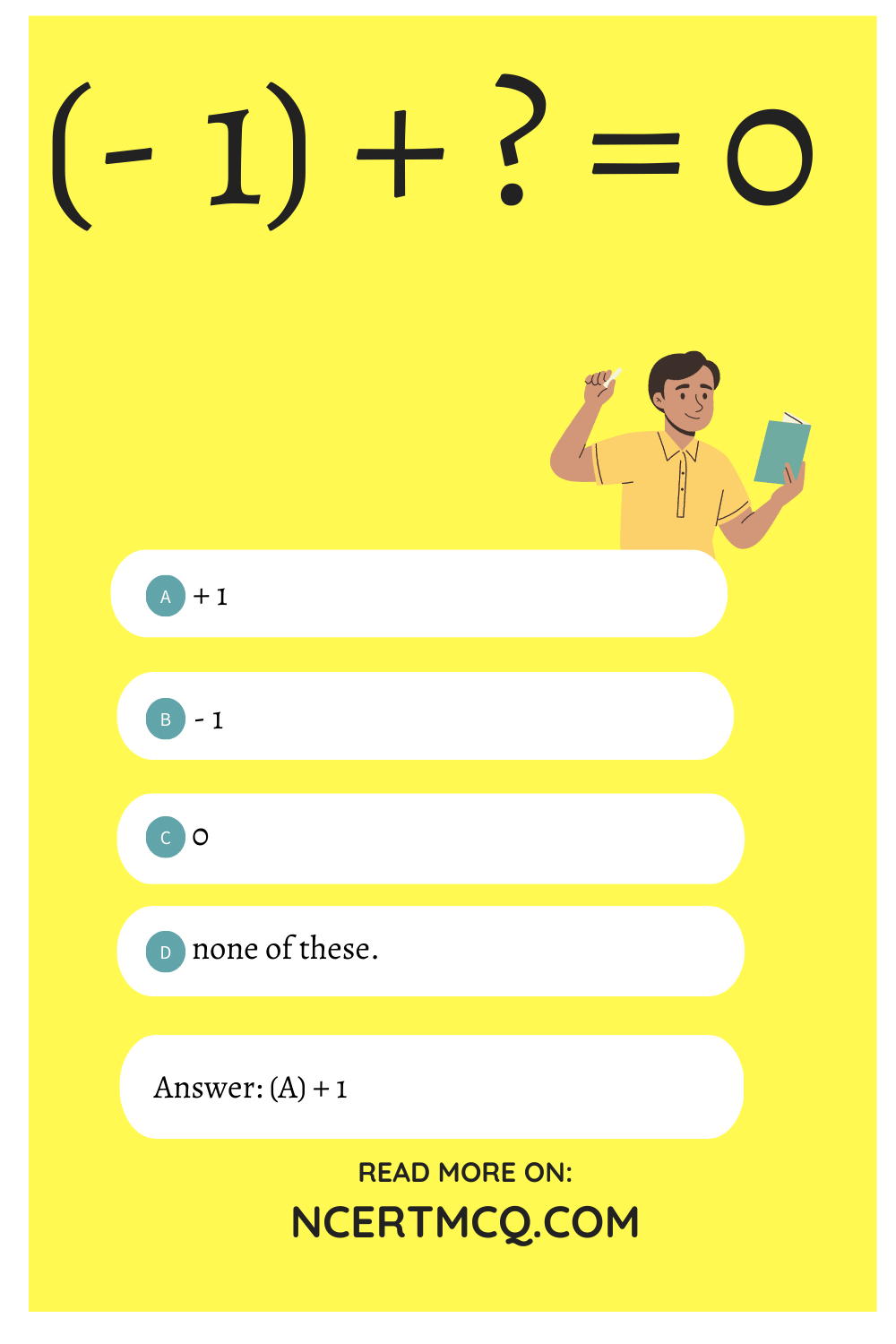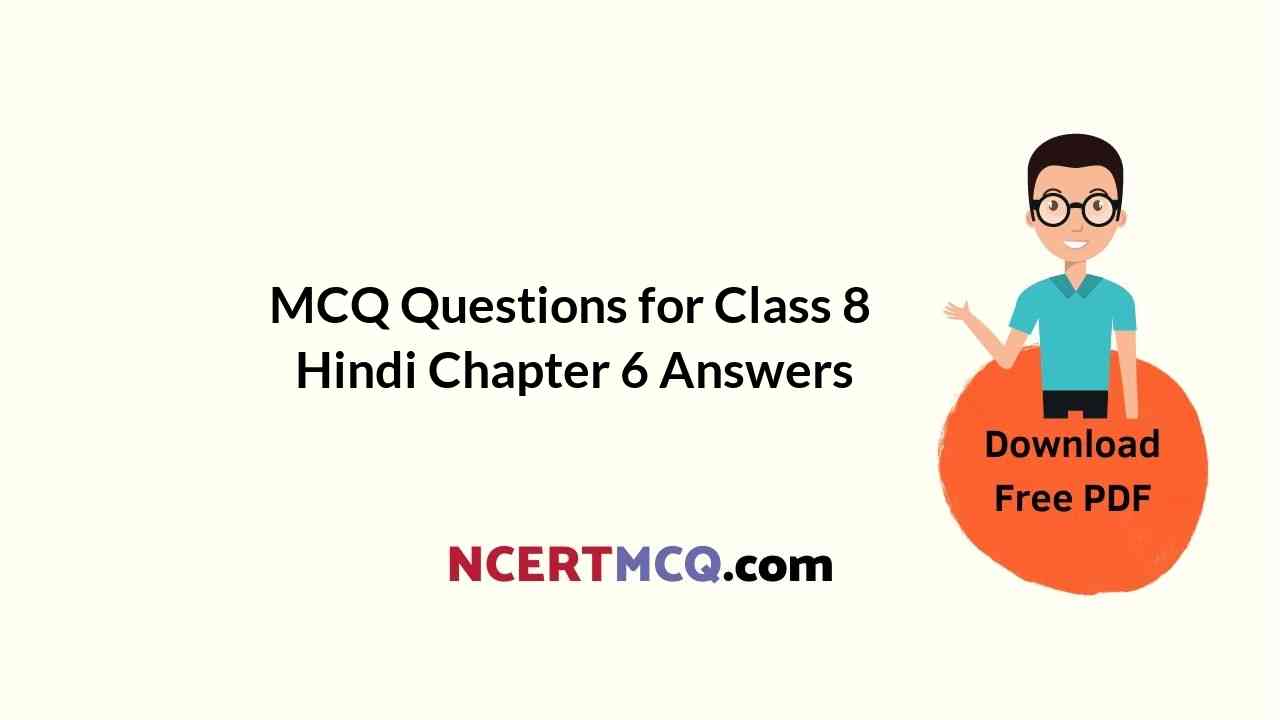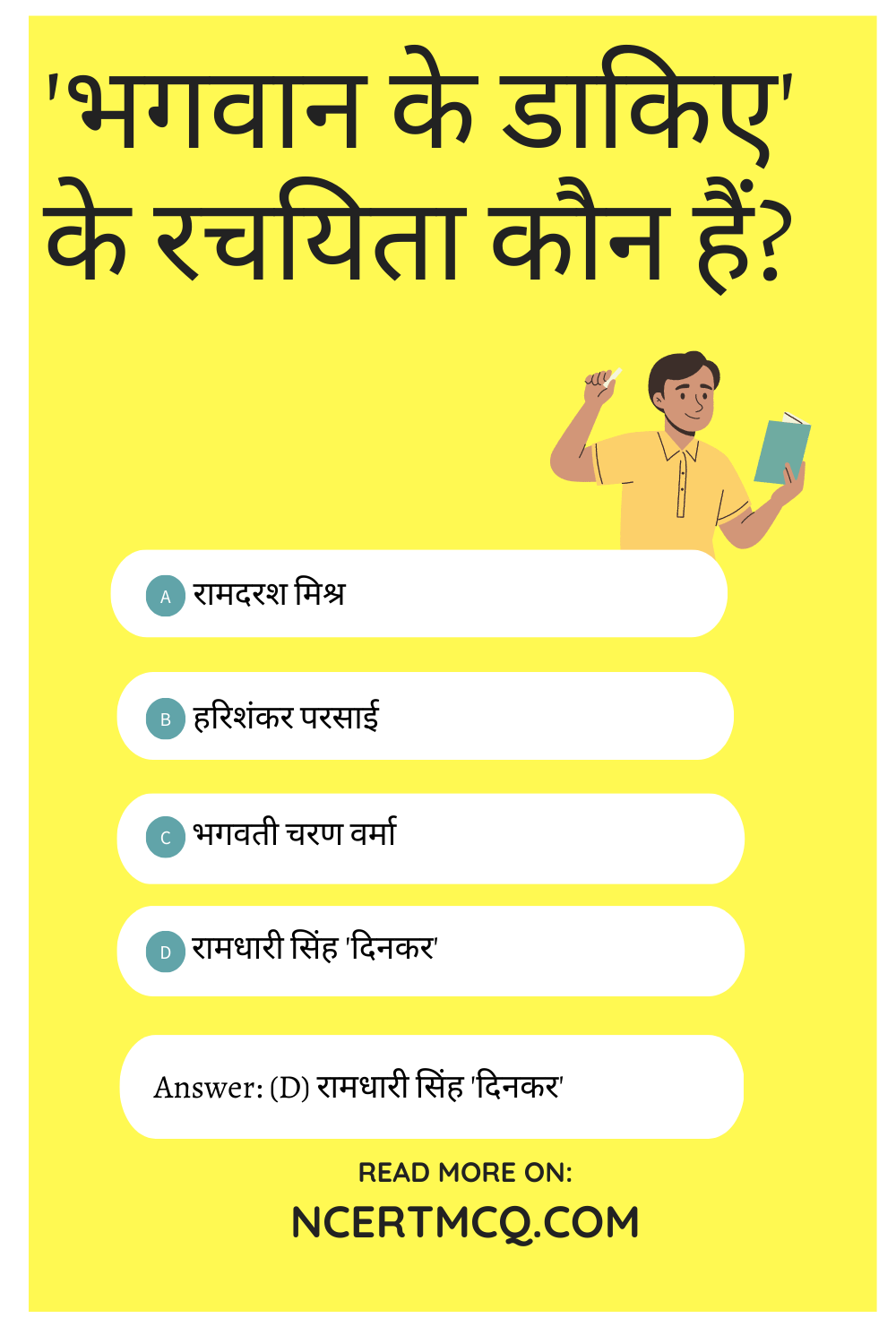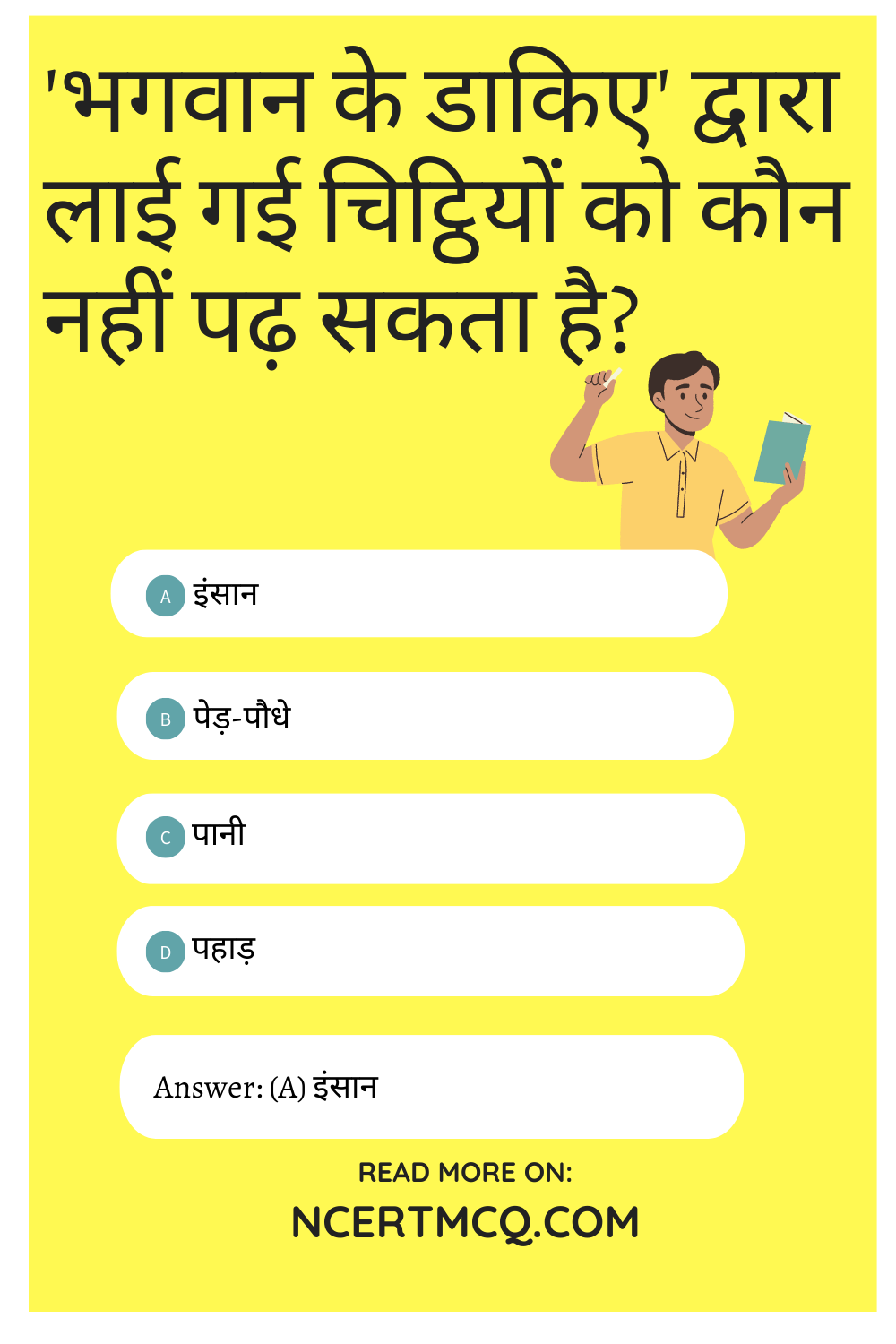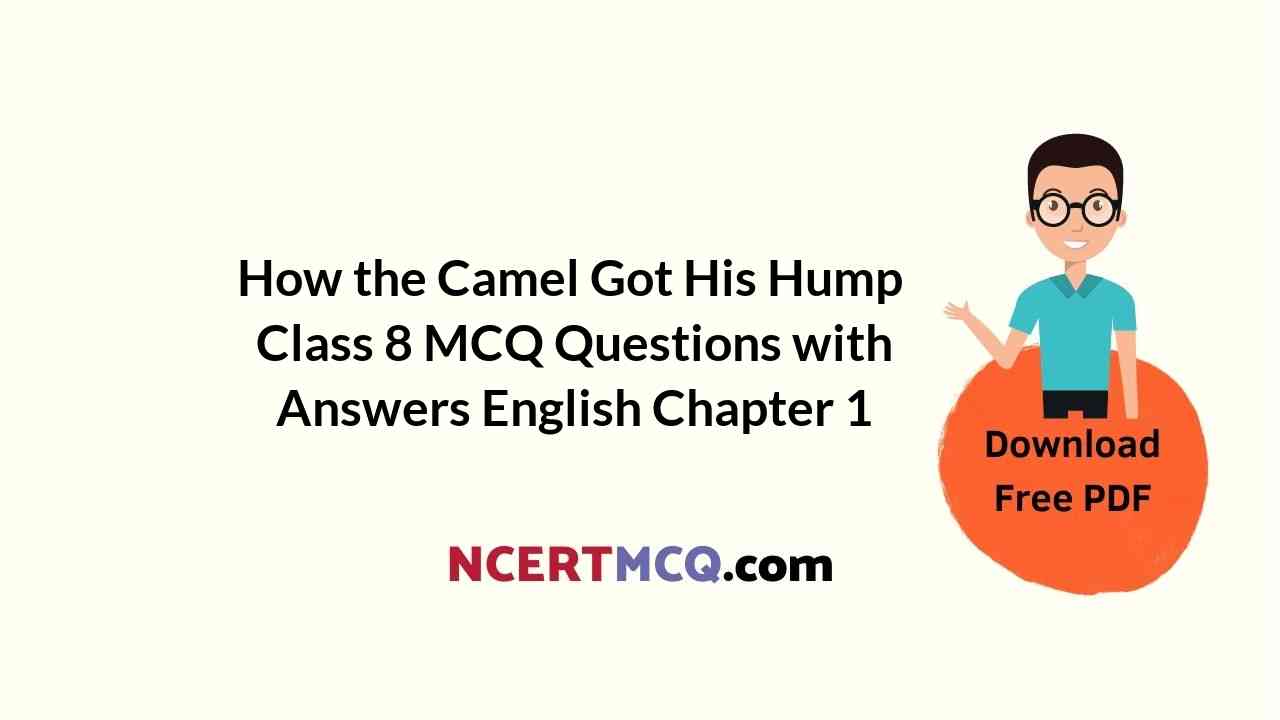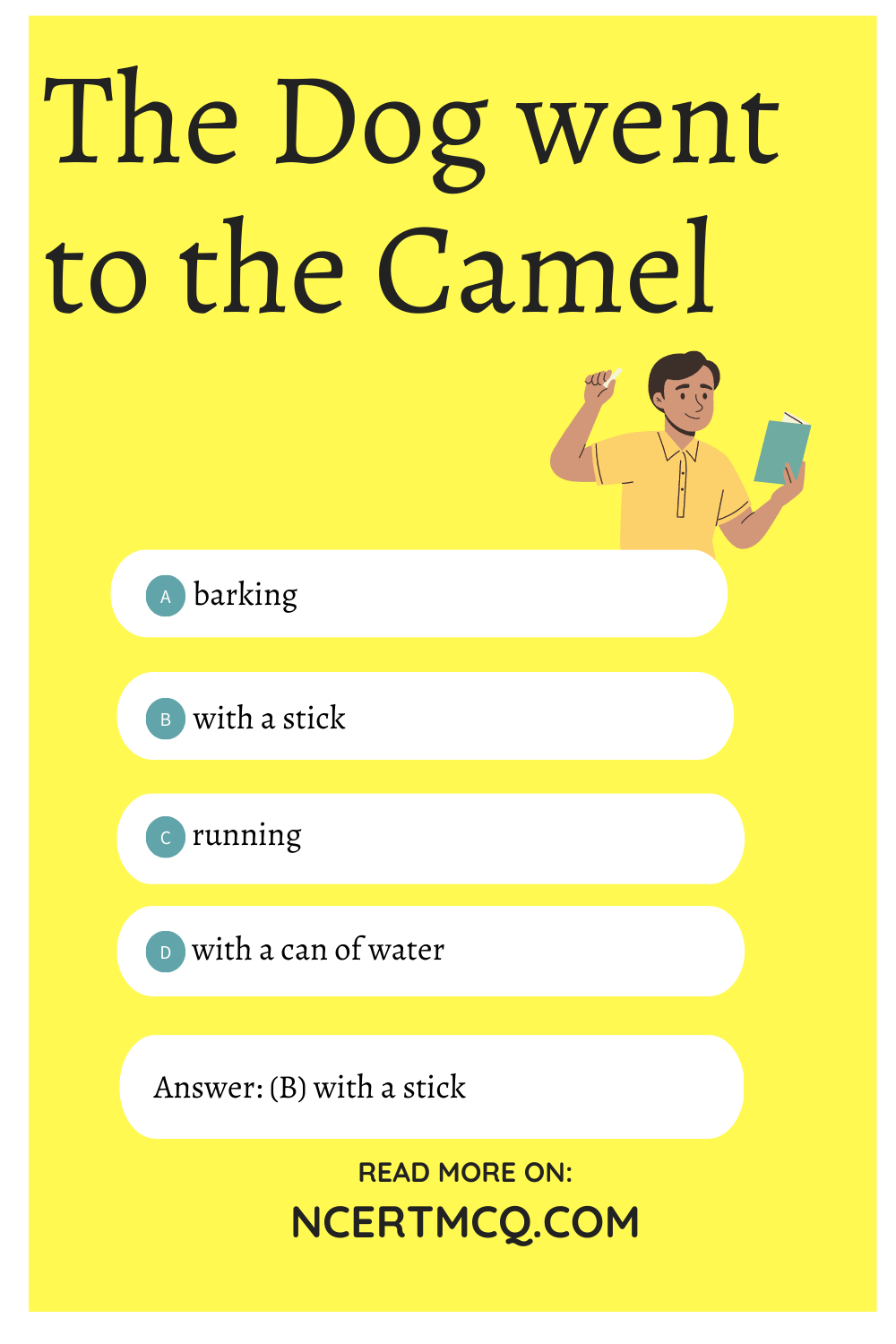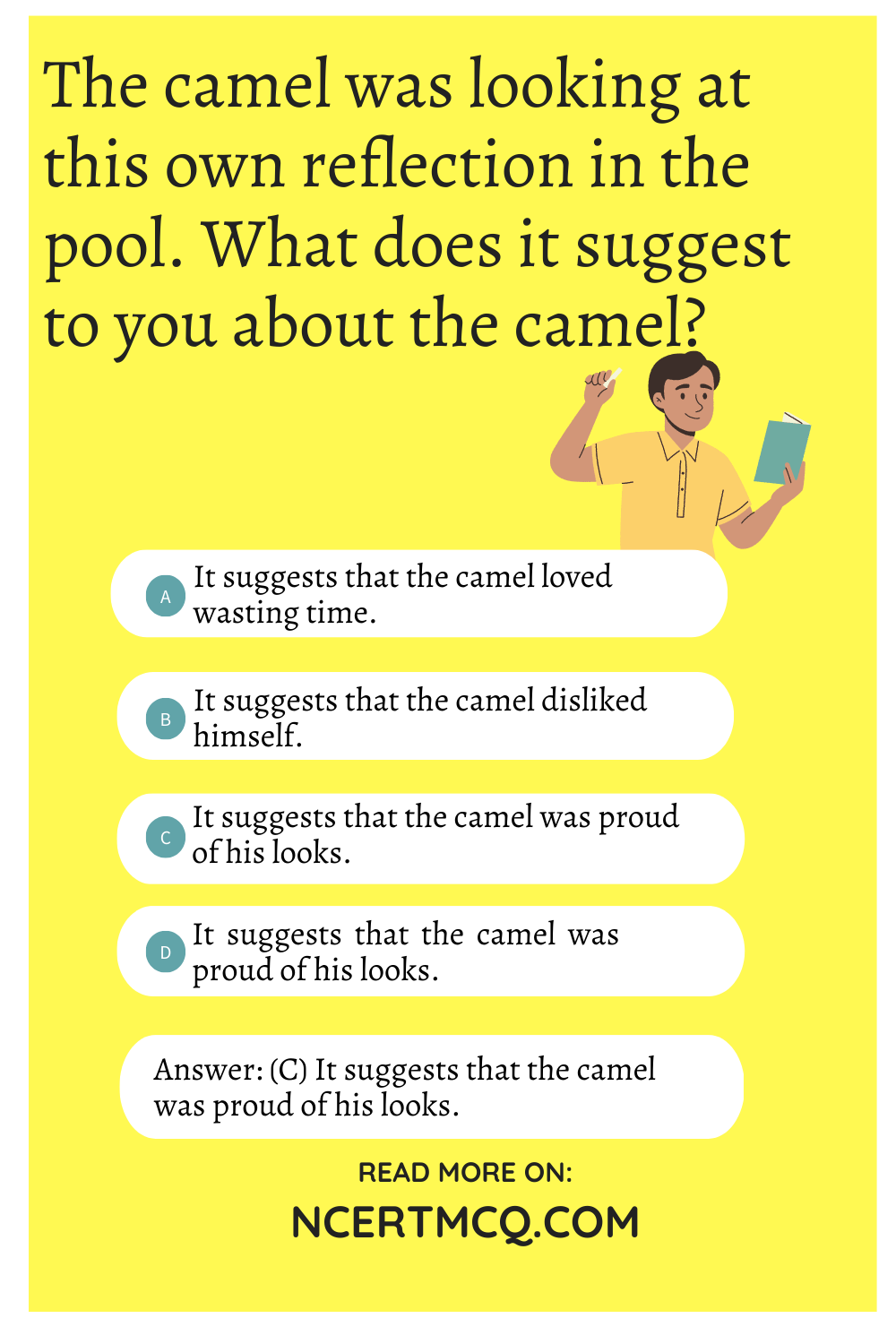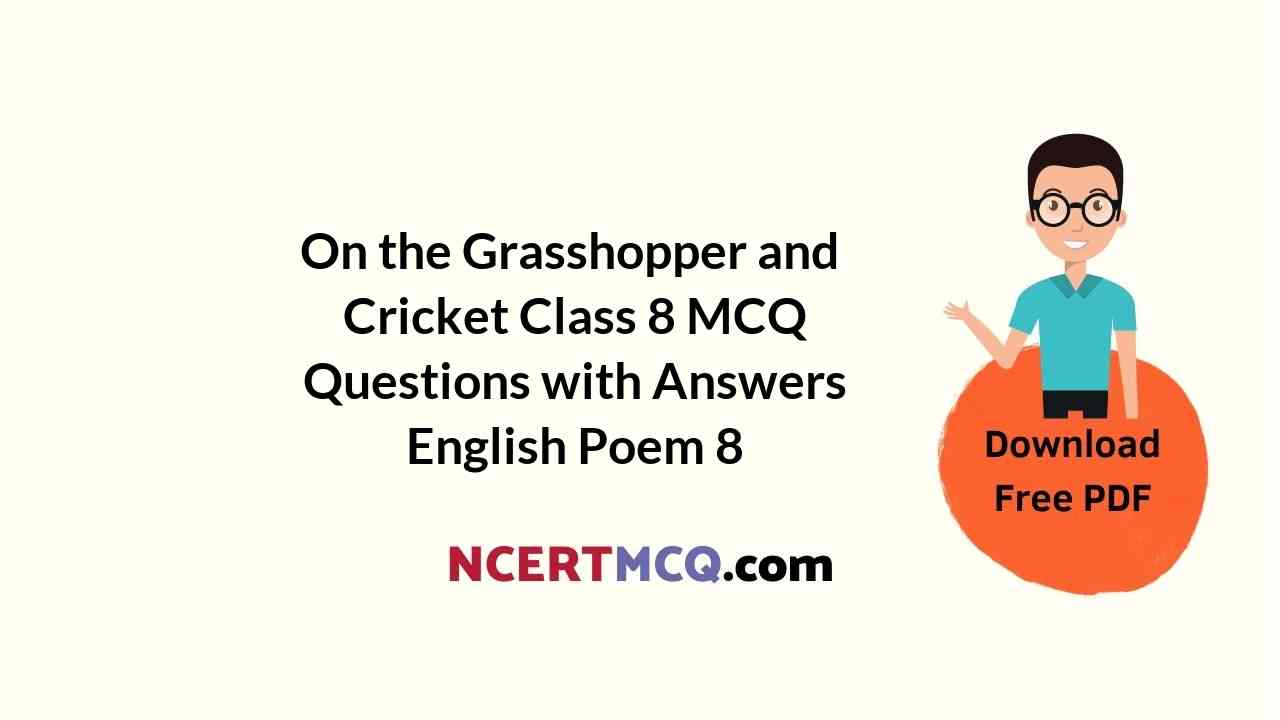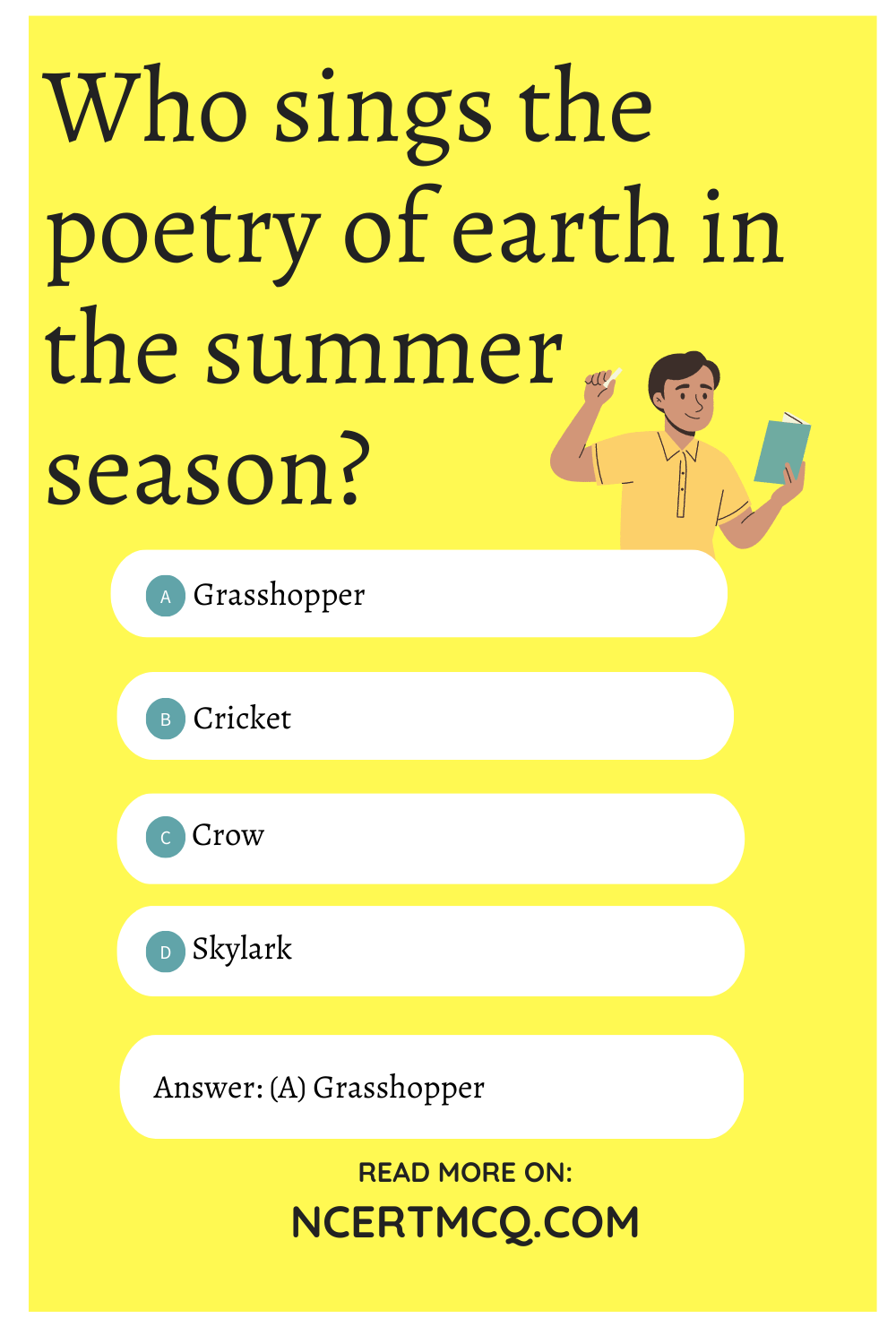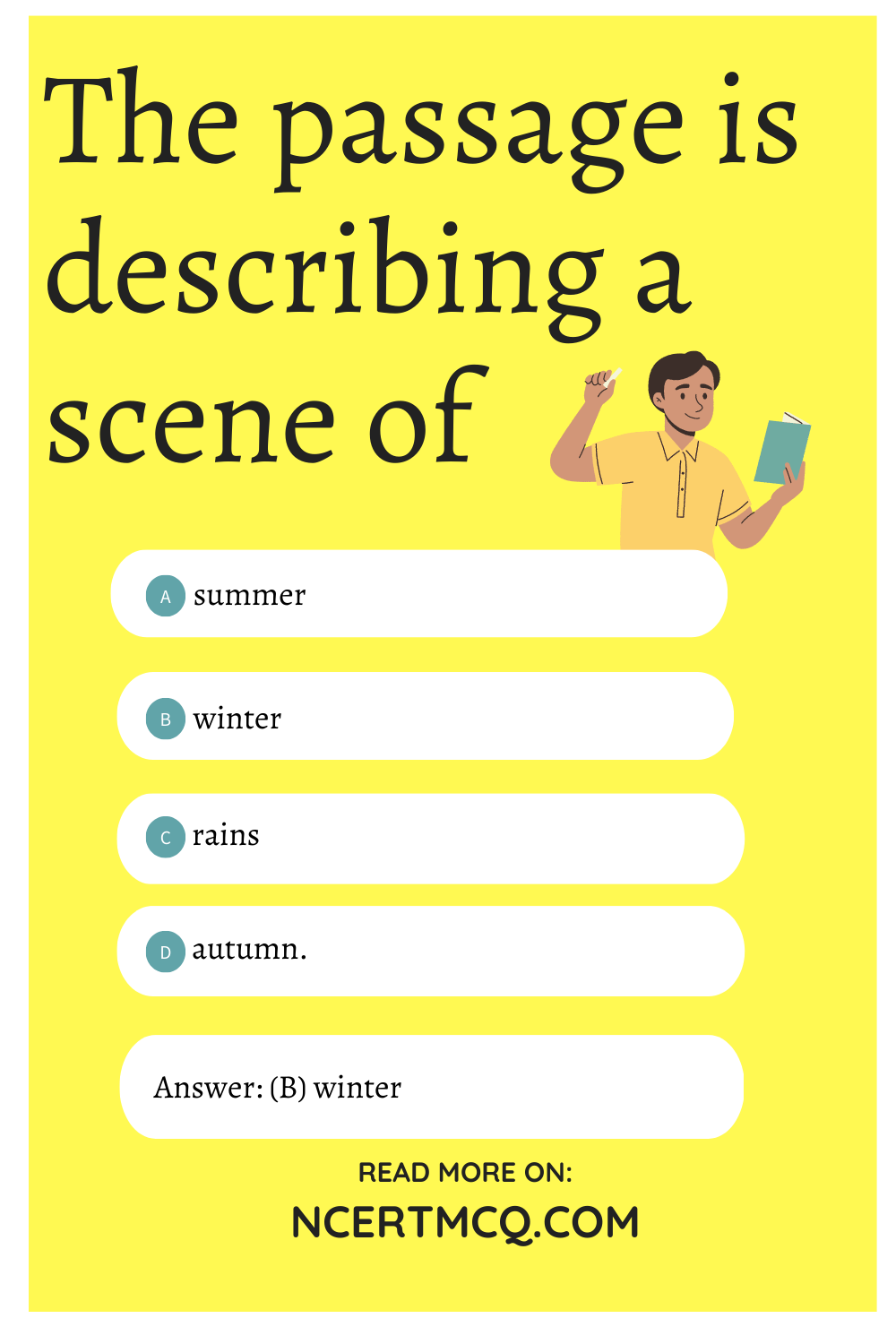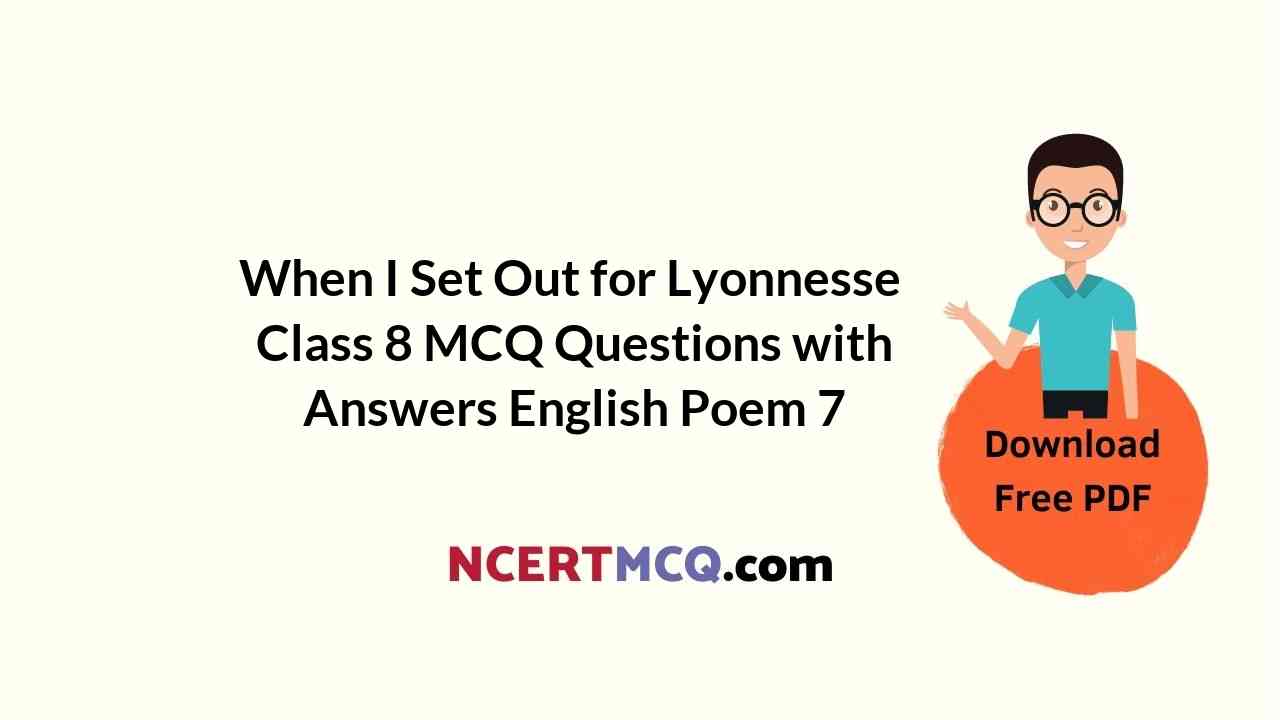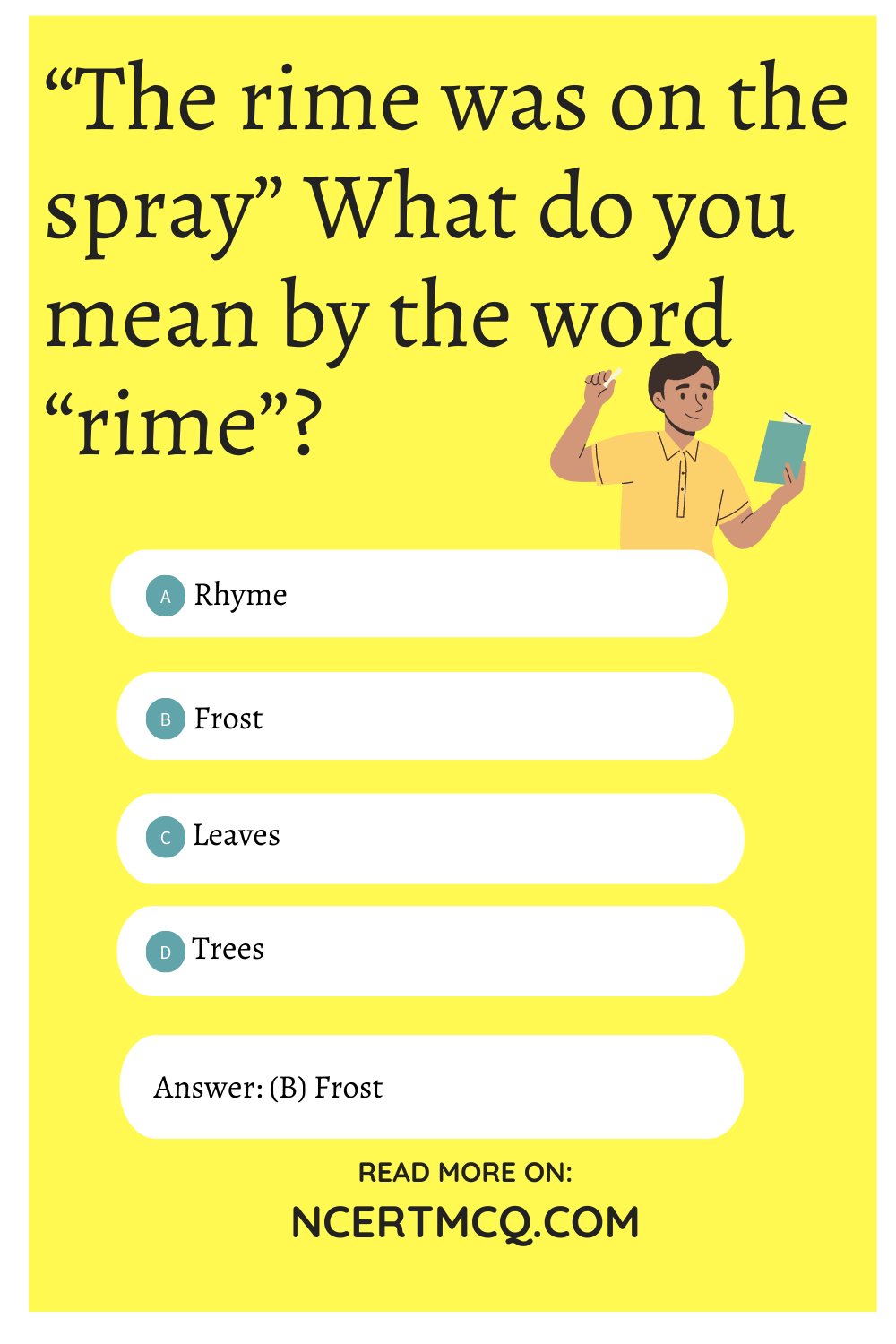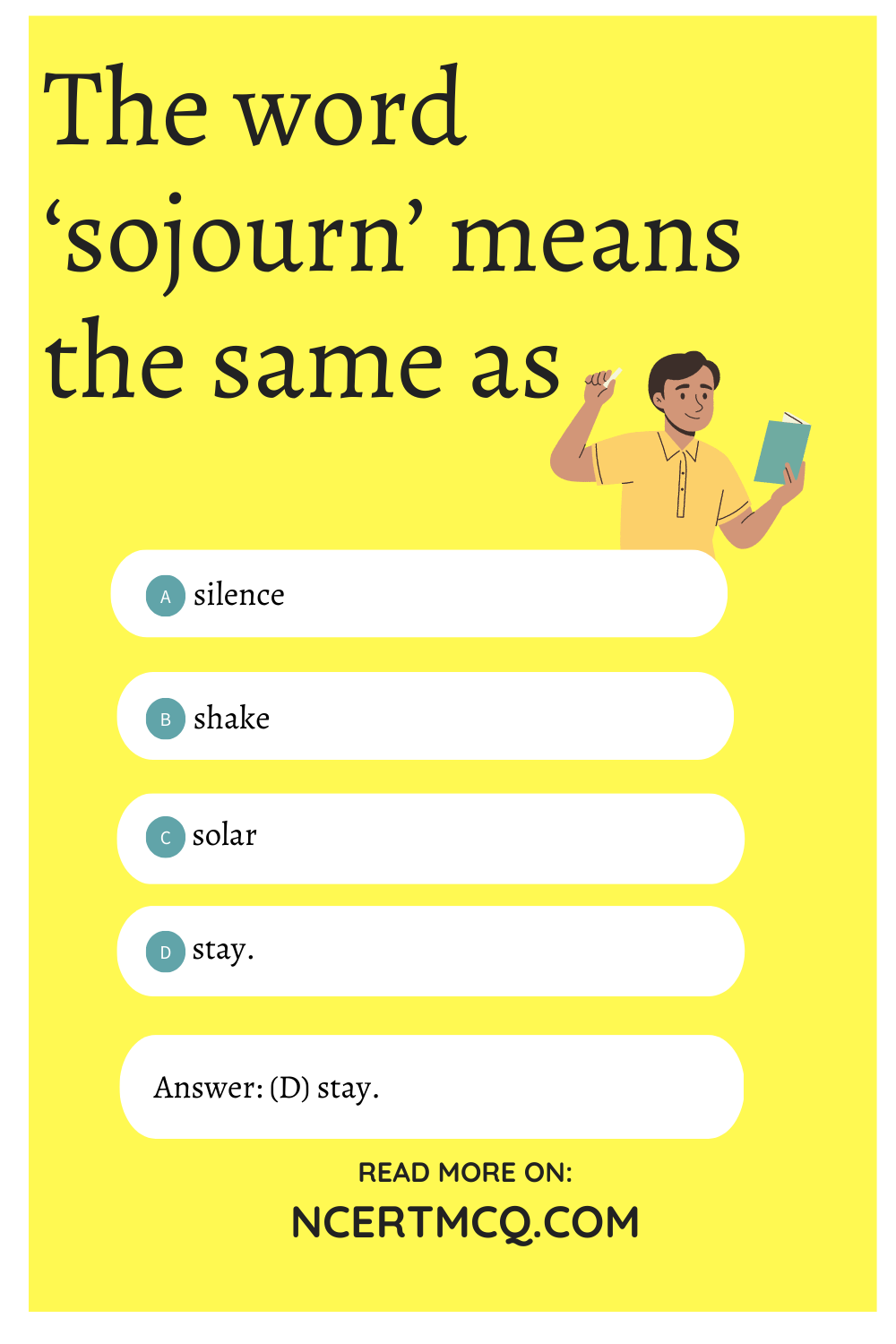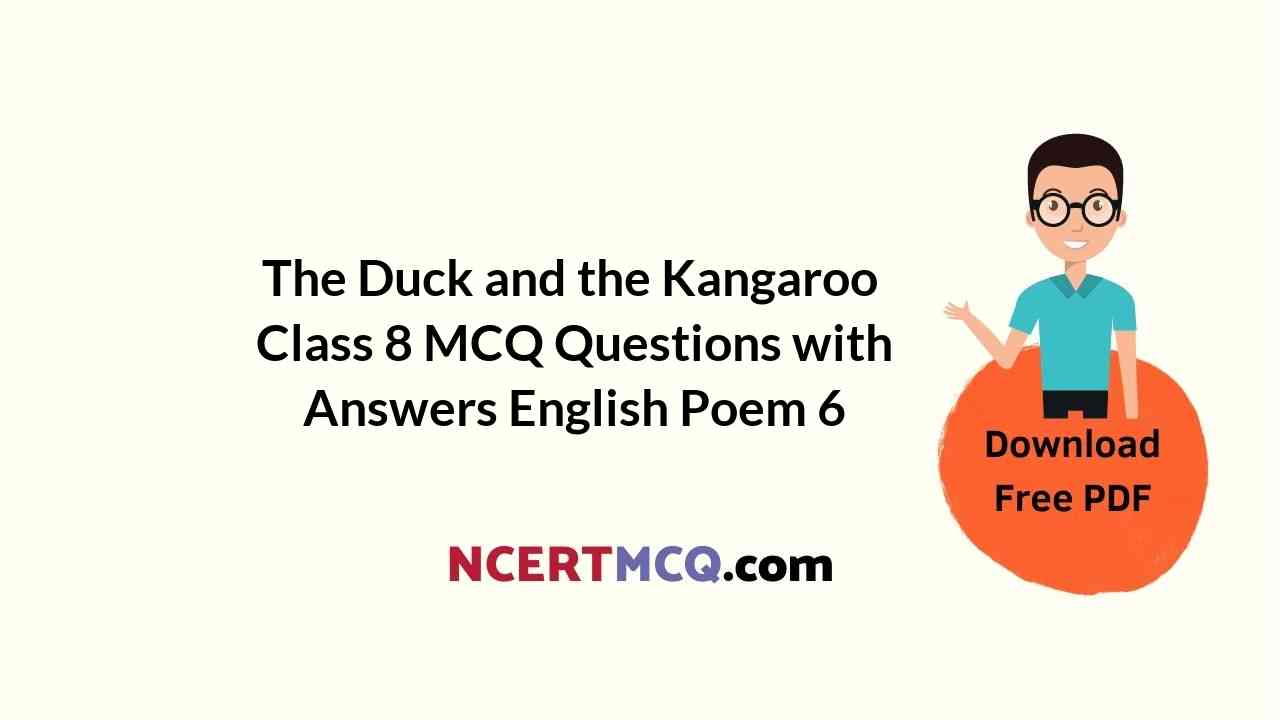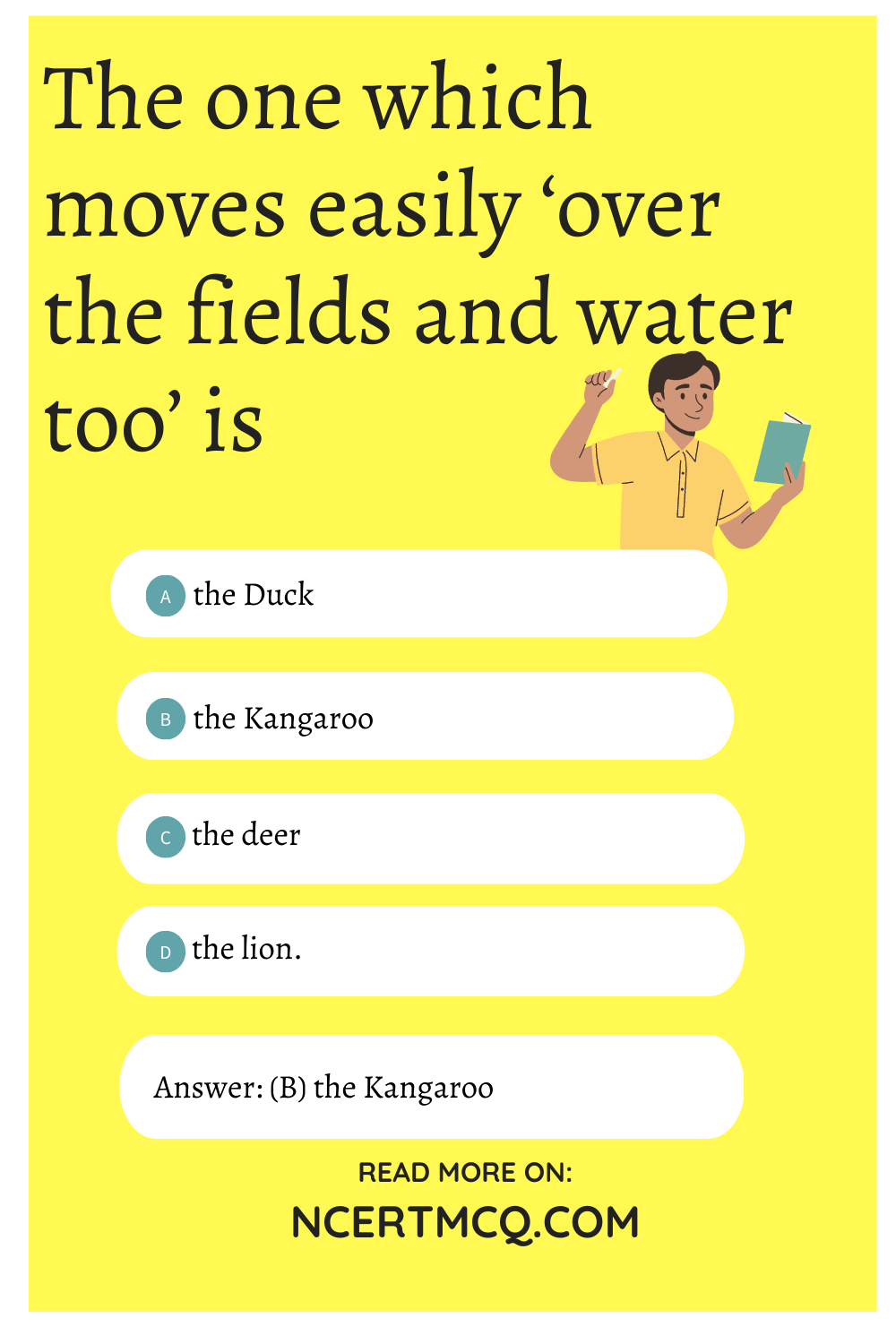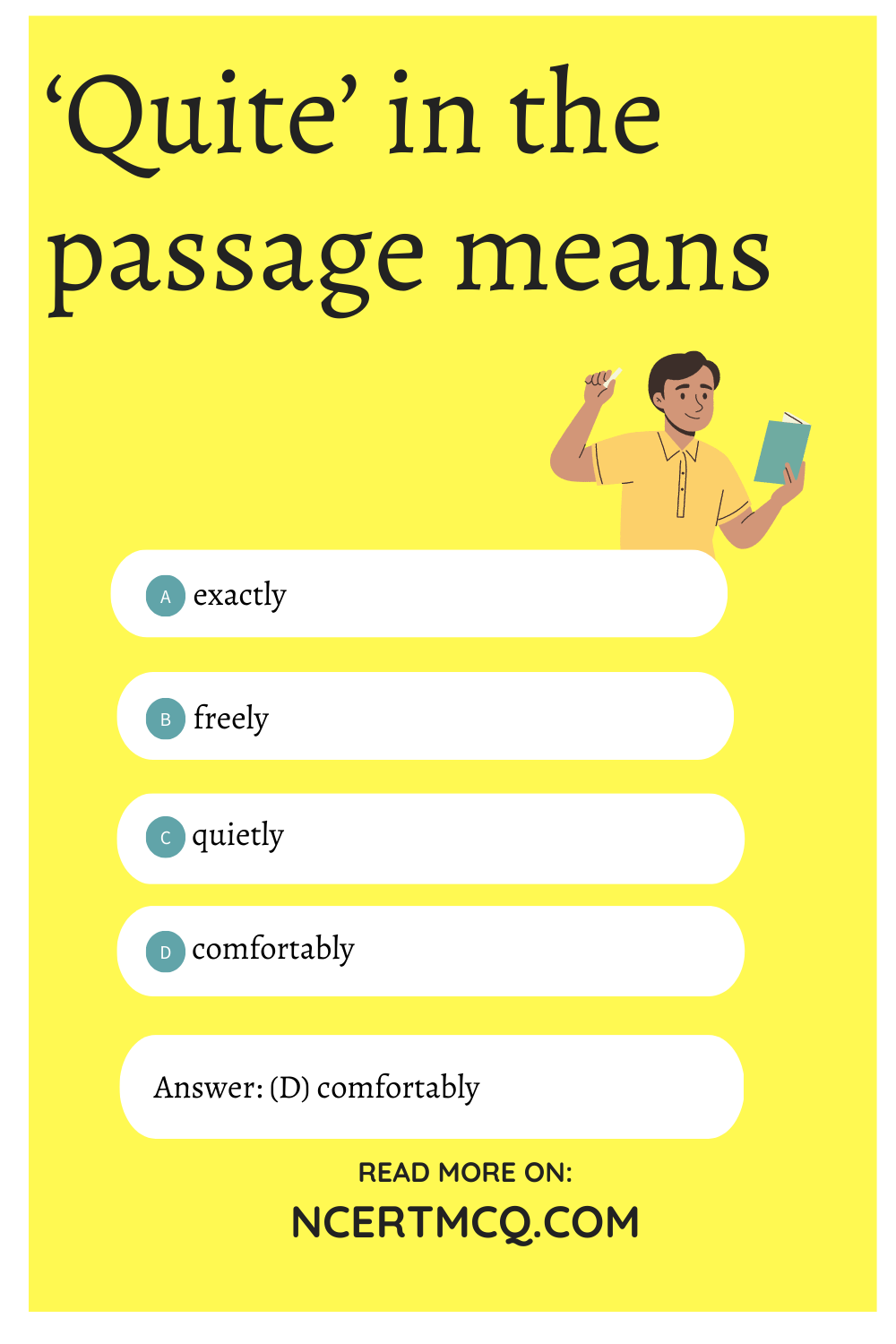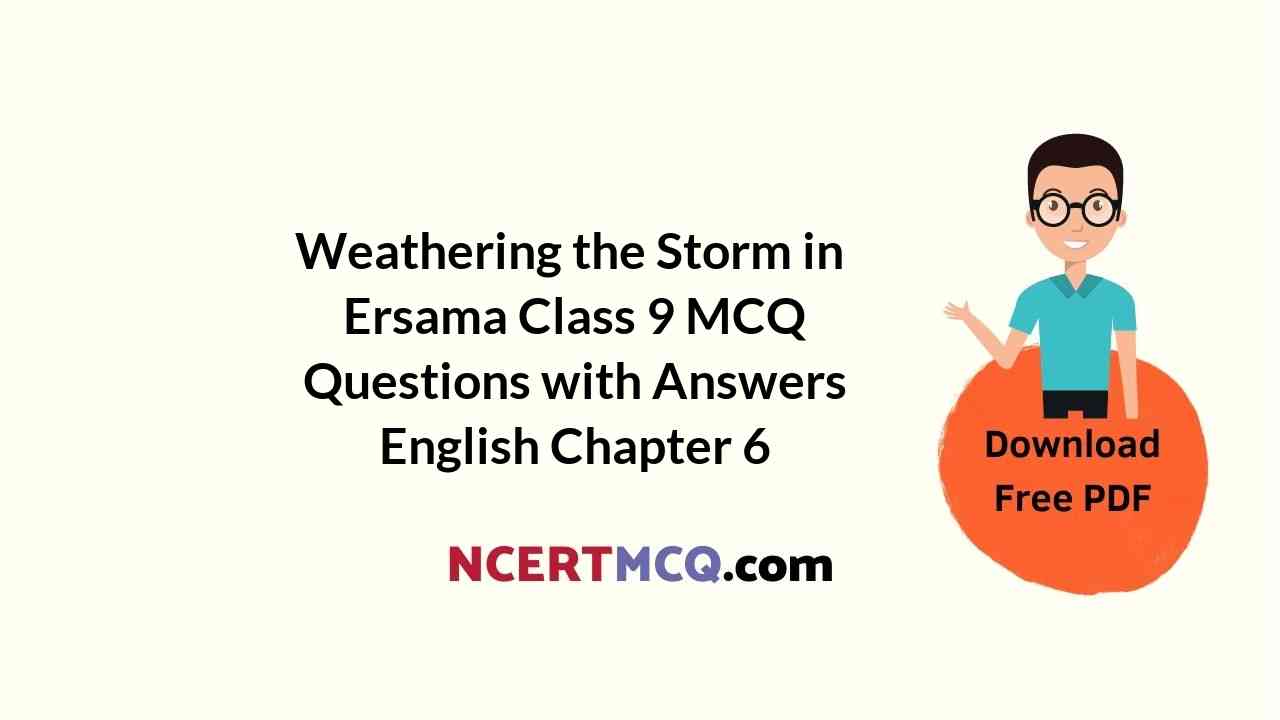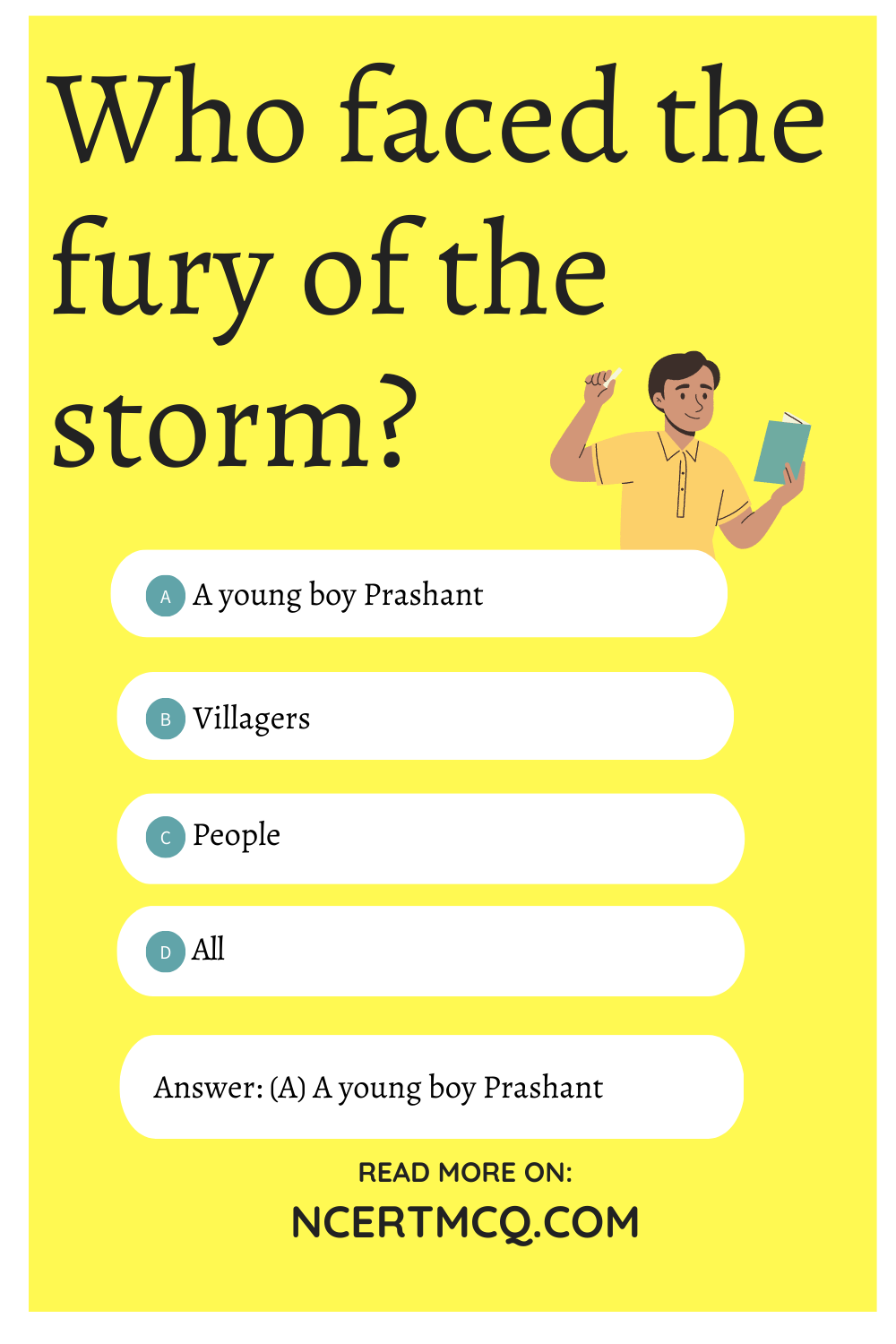Check the below NCERT MCQ Questions for Class 8 English It So Happened Chapter 2 Children at Work with Answers Pdf free download. MCQ Questions for Class 8 English with Answers were prepared based on the latest exam pattern. We have provided Children at Work Class 8 English MCQs Questions with Answers to help students understand the concept very well. https://ncertmcq.com/mcq-questions-for-class-8-english-with-answers/
Students can also visit the most accurate and elaborate NCERT Solutions for Class 8 English It So Happened (supplementary) Chapter 2 Children at Work Question Answer. Every question in the textbook has been answered here.
MCQ Questions for Class 8 English It So Happened Chapter 2 Children at Work with Answers
Children At Work MCQ Question 1.
Velu reached Chennai Central
(a) to meet Jaya
(b) having run away from home
(c) because he had got a job there
(d) to see Chennai
Answer
Answer: (b) having run away from home
Class 8 English Supplementary Chapter 2 MCQ Question 2.
The scene of the railway platform reminded Velu
(a) of the village fair
(b) of the Kumbh Mela
(c) that this city was so different from his village
(d) that he was alone in the big crowd
Answer
Answer: (a) of the village fair
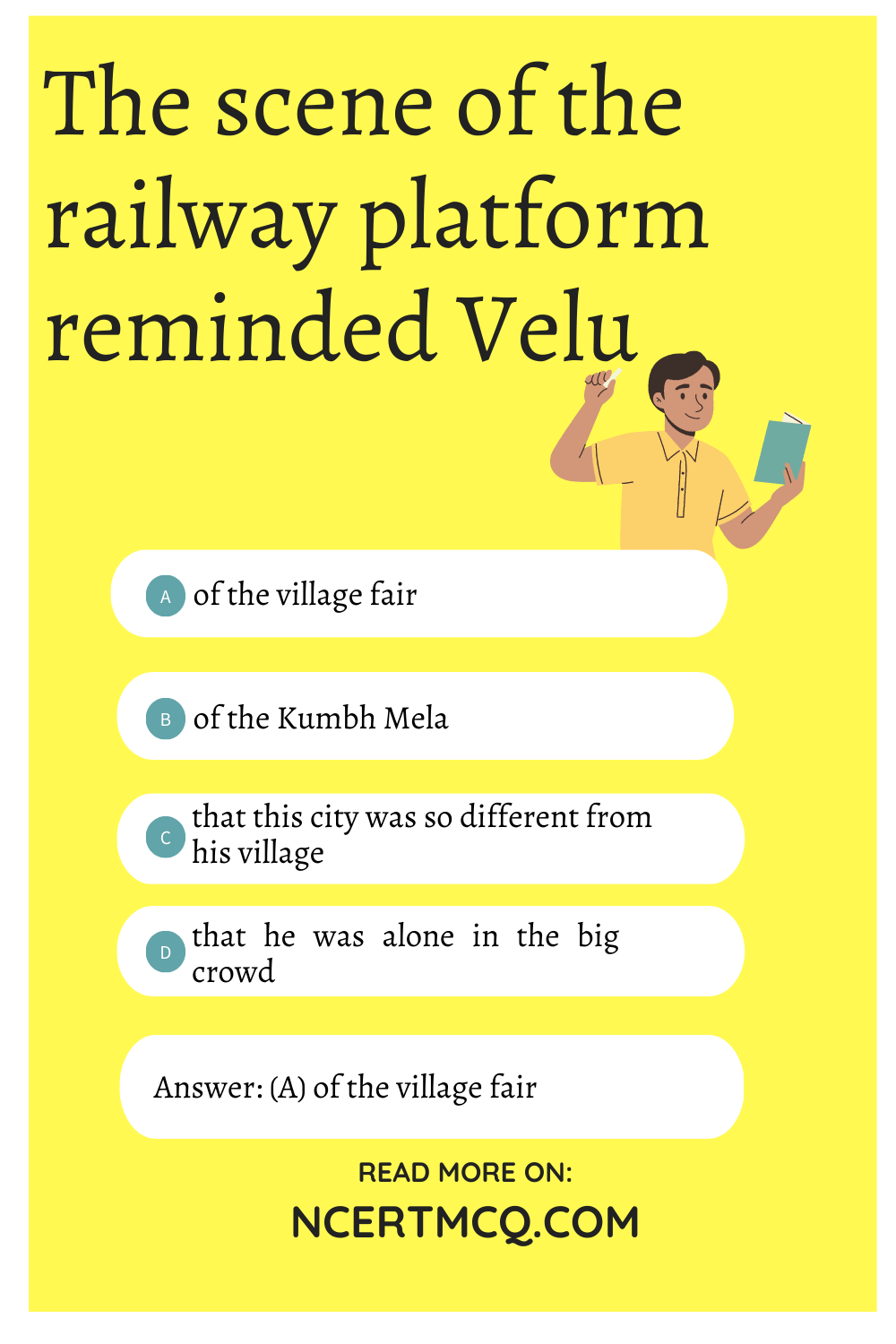
Children At Work Class 8 MCQ Question 3.
Velu got into the train
(a) with a ticket for Chennai Central
(b) without a cricket
(c) and was caught by the TTI
(d) and got safely to the Chennai central because he had a ticket
Answer
Answer: (b) without a cricket
MCQ Of Children At Work Question 4.
Jaya recognised at once that
(a) Velu was hungry
(b) she had seen Velu earlier
(c) Velu was a run-away from home
(d) Velu was looking for her
Answer
Answer: (c) Velu was a run-away from home
Class 8 Children At Work MCQ Question 5.
Velu had run away from home because
(a) there was no food at home
(b) there was no work in the village
(c) he was an orphan
(d) he could not stand his father’s beatings
Answer
Answer: (d) he could not stand his father’s beatings
Class 8 English Children At Work MCQ Question 6.
Velu ran after Jaya because
(a) he had no idea where to go
(b) he had liked the girl
(c) Jaya had asked him to do so
(d) he wanted to give jaya to police
Answer
Answer: (a) he had no idea where to go
Children At Work MCQ Questions Question 7.
Jaya had to drag Velu to the other side because
(a) he was a disabled person
(b) he kept hesitating to cross
(c) Velu was her younger brother
(d) she did not want to lose Velu
Answer
Answer: (b) he kept hesitating to cross
Question 8.
What did they do with all the stuff?
(a) Sell it to a factory
(b) Sell it to Jam Bazaar Maggu
(c) Sell it to Mam Bazaar Jaggu
(d) Sell it to Jam Bazaar Jaggu
Answer
Answer: (d) Sell it to Jam Bazaar Jaggu
Question 9.
What work had Velu done before?
(a) Ragpicking
(b) Cow gazing at farm
(c) In a factory
(d) None of the above
Answer
Answer: (b) Cow gazing at farm
Question 10.
What were the huts made of?
(a) Metal sheets
(b) Tyres and bricks
(c) Wood and plastic
(d) All of the above
Answer
Answer: (d) All of the above
Question 11.
“ I only take ____ foo(d)”
(a) Used
(b) Leftover
(c) Untouched
(d) Covered
Answer
Answer: (c) Untouched
Question 12.
Who was fighting over a banana leaf?
(a) Goats
(b) Velu and Jaya
(c) Velu and a goat
(d) Jaya and a goat
Answer
Answer: (a) Goats
Question 13.
“ The girl grinned and pointed at a huge building.” Which building did she point at?
(a) The stores
(b) Central station
(c) Sri Rajarajeshwari Prasanna Kalyana Mandapam
(d) Central Jail
Answer
Answer: (d) Central Jail
Question 14.
“ If you stand around in the middle of the road like that, you’ll be_____.”
(a) Chutney
(b) Salad
(c) Vanished
(d) A shake
Answer
Answer: (a) Chutney
Question 15.
Why did he decide to follow the strange girl?
(a) He liked her
(b) He wanted work
(c) He had nowhere else to go
(d) All of the Above
Answer
Answer: (c) He had nowhere else to go
Question 16.
Did Velu get enough sleep on the train?
(a) Yes
(b) No
(c) Maybe
(d) Not mentioned in the story
Answer
Answer: (b) No
Question 17.
What was the girl wearing?
(a) Dress
(b) Frock
(c) Banian
(d) Shirt and pants
Answer
Answer: (c) Banian
Question 18.
Did he have money to buy the ticket?
(a) Yes
(b) No
(c) Maybe
(d) Not mentioned in the story
Answer
Answer: (b) No
Question 19.
What did Velu feel when he was on the platform?
(a) Good and relaxed
(b) Refreshed and active
(c) Miserable but active
(d) Miserable and exhausted
Answer
Answer: (d) Miserable and exhausted
Question 20.
How old was Velu?
(a) Ten
(b) Eleven
(c) Twelve
(d) Fourteen
Answer
Answer: (b) Eleven
Question 21.
Where did he reach by train?
(a) Thiruvananthapuram
(b) Chennai
(c) Mumbai
(d) Karnataka
Answer
Answer: (b) Chennai
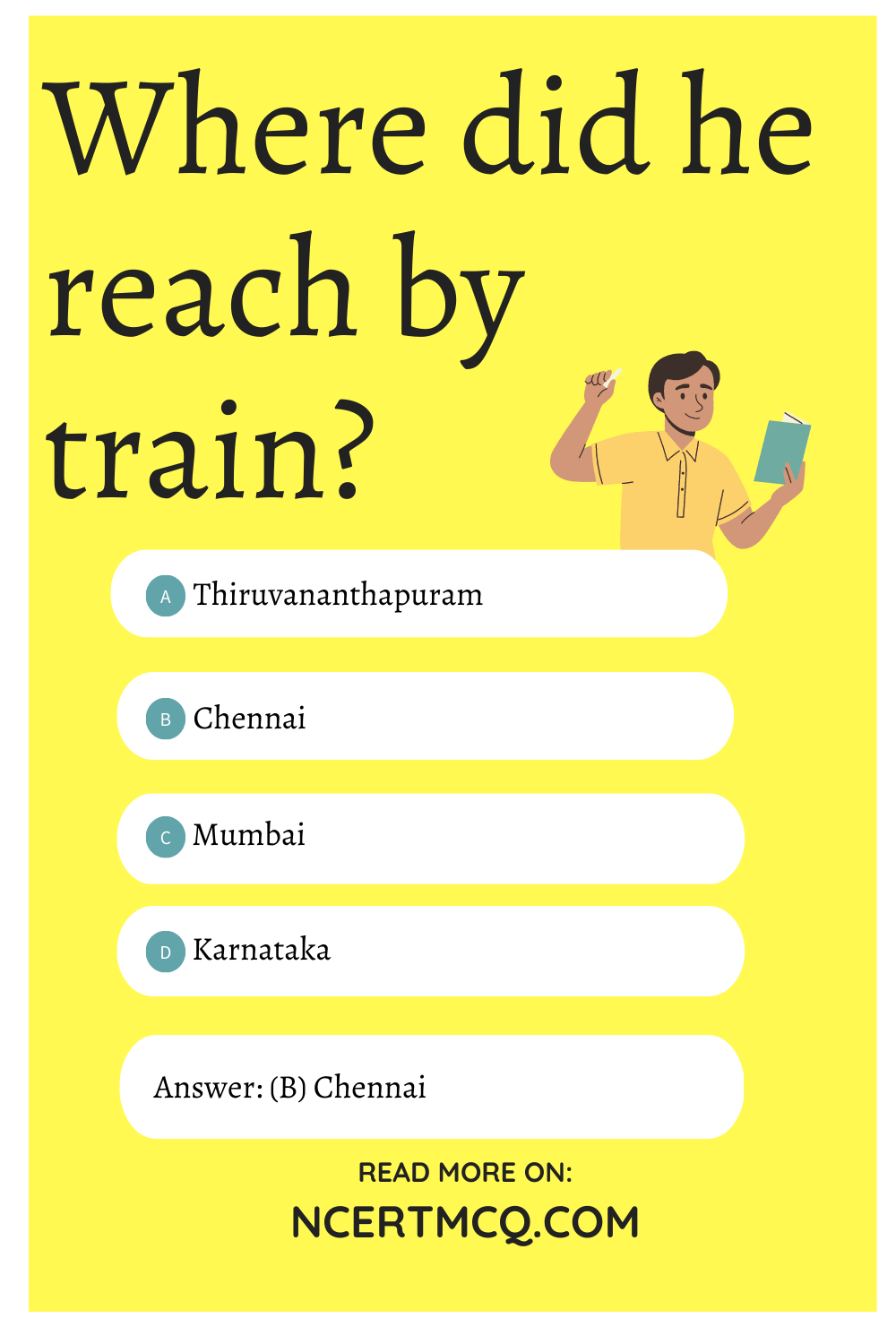
Question 22.
The lesson “Children at work” is written by _____
(a) Gita Wolf
(b) Anushka Ravishankar
(c) Orijit Sen
(d) All of the Above
Answer
Answer: (d) All of the Above
Short Answer Type Questions
Question 1.
How did Velu react when the train pulled in at Chennai Central ?
Answer
Answer: Velu took sometime to get off the train. Finally, he stood on the platform. The sight of the platform frightened him. His legs felt unsteady. At last he found a bench to sit on.
Question 2.
How had Velu reached Chennai ?
Answer
Answer: Velu had walked for most of the day from his village. Thus he reached Karur. There, he got on a train to Chennai. He had no money to buy a ticket. Luckily, the ticket collector did not come to that unreserved compartment. Thus he was able to reach Chennai.
Question 3.
How did Velu meet Jaya ?
Answer
Answer: Velu was sitting on the bench at the platform. He was feeling very miserable. Then he saw a girl trying to talk to him. She wore a long banian. Her hair was stiff and brownish. She had a huge sack over her shoulder. She asked his name.
Question 4.
Velu did not answer when the girl asked if he had run away from home. Why ?
Answer
Answer: Jaya was a stranger girl to Velu whom he met on the platform. He did not want to share his secrets with a stranger. So he did not answer to her question.
Question 5.
Why had Velu run away from home ?
Answer
Answer: Velu ran away from home because of his father. He used to beat him everyday. He also snatched all his earnings. So he decided that he could stand the beating no more.
Question 6.
How did Velu cross the road ?
Answer
Answer: Jaya and Velu had to wait for a long time. Ultimately, there was a gap to run through and cross the road. Velu hesitated but the girl dragged him to the other side.
Question 7.
Why did Jaya lead Velu to ‘Sri Rajrajeshwari Prasanna Kalyana Mandapam’ ?
Answer
Answer: ‘Sri Rajrajeshwari Prasanna Kalyana Mandapam’ was a banquet hall. Jaya knew that it was a feasting place. In such feasts people often left food in their plates. This food is thrown into the garbage bin. To feed Velu and herself with that food Jaya led him there.
Question 8.
What food did Velu and Jaya get from the garbage bin ?
Answer
Answer: Two bananas and one vada were all that Jaya got from the garbage bin. She gave a banana and vada to Velu. She ate the other banana herself. This was all they ate.
Question 9.
Why did Velu decide to be a ragpicker ?
Answer
Answer: Velu had no job and no money. To survive in Chennai, he needed a job. Ragpicking was the only job he was getting at the moment. So he accepted it and became a ragpicker.
Question 10.
What material are the “strange” huts made out of ?
Answer
Answer: The strange huts are made out of metal sheets, tyres, bricks, wood and plastic.
We hope the given NCERT MCQ Questions for Class 8 English It So Happened Chapter 2 Children at Work with Answers Pdf free download will help you. If you have any queries regarding CBSE Class 8 English Children at Work MCQs Multiple Choice Questions with Answers, drop a comment below and we will get back to you soon.
